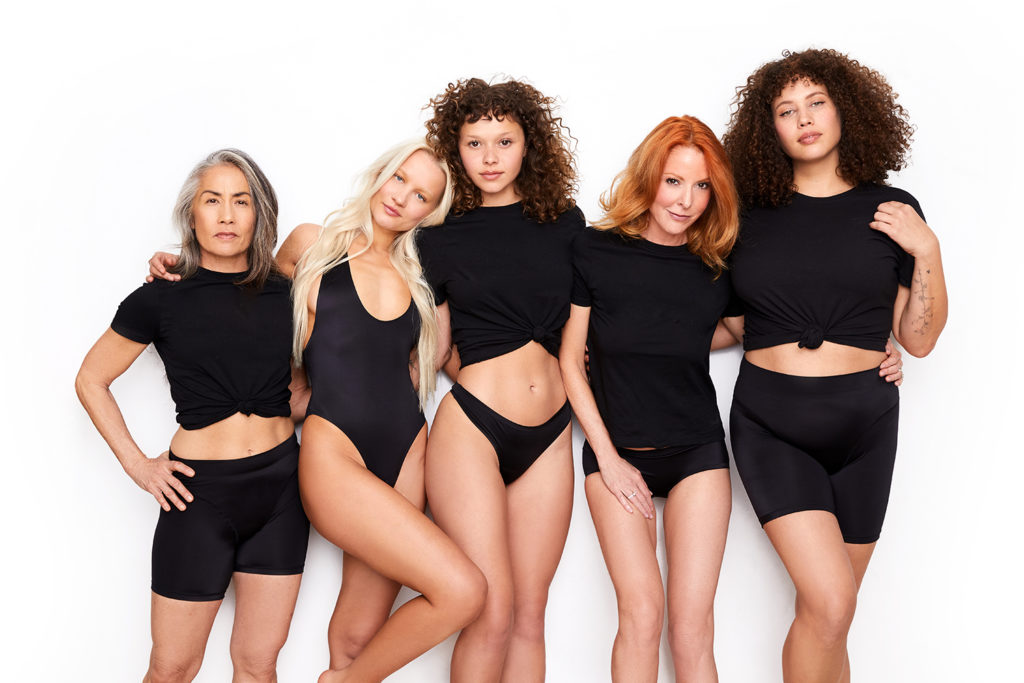
The future of inclusivity in the photography world relies on conscious image creation—here’s why.
The world of professional photography has never been a particularly inclusive or diverse space. While men, particularly white men, have long dominated the industry, white women have slowly begun to close the gap. But when it comes to Black and POC photographers, the lack of diversity and opportunity remains staggering. And what’s worse is that this is nothing new, and little has been done in the photography industry as a whole to remedy this. As of 2018, white photographers still make up nearly 80 percent of the industry, while Black photographers make up a mere 8 percent. And this doesn’t even begin to touch on the lack of diversity found in front of the camera.
As we all take the time to reflect on the events that have transpired over the last few weeks in response to the Black Lives Matter movement that has continued to echo long-cried sentiments for equality, it is our responsibility to hold the very same mirror of accountability toward the photography industry. It is our responsibility as photographers—whether just beginning or well-established—to see the ways that we have failed to be inclusive and find ways to remedy that lack of inclusion moving forward. Because this lack of inclusion is never the result of a lack of interest from the Black or POC communities, it is absolutely due to a lack of inclusive action from the photography industry as a whole.
So, what can we, as photographers in the industry, do to ensure that our work as a whole is more diverse and inclusive both in front of and behind the camera? The answer is a whole lot—but let’s start with something that we all have direct control over every time we take a photograph: conscious image creation.
During the beginning of my career, I used to say yes to any job that was willing to pay me the rate I was asking for. I didn’t even second guess it, even when my heart wasn’t in it or I felt like the project didn’t have intentions that I aligned with. Why did I do this? Because I was operating from a place of scarcity and fear. I had convinced myself that I was lucky to be working in the photography space at all. And because I didn’t have a lot of money growing up, I worried that turning down a job would make me ungrateful or delusional. That turning down a high-paying job would mean I was selfish, spoiled, or entitled, and that I would ultimately end up jobless. So, I took the jobs, I took the photos, and I didn’t feel any better about my place in the photography world as a result.
Over the last few years, I’ve started looking at my own habits as a photographer a lot more critically and can see how certain jobs I took on have impacted the lack of inclusivity in the photography world. I had unintentionally become part of the problem because I had been acting unintentionally.
So, I made a pact with myself to only accept jobs that aligned with my heart, and to more confidently put my foot down if the scope of the projects I was working on became too edited, sexualized, or misrepresentative. And I realize, too, that having the opportunity to even make this pact with myself much less follow through with it comes from a position of privilege within the photography world—one that I aim to never take for granted. While we don’t always have much (if any) control over where our photos end up, how they’re edited or retouched, the models we work with, or even the messages that are attached to them, we do have control over the projects we say yes to and how we approach them from behind our cameras. This is the beginning of conscious image creation.
As photographers, it is our responsibility to understand and anticipate how our images will be consumed and perceived by the world. We need to make sure that the photos we take reflect the reality of our world sincerely, that the companies we work with have good intentions and marketing tactics, that the products we’re helping to sell are made ethically, and that the teams we work with are diverse and the environments inclusive. This is how we can start to make lasting, impactful change.
Every time we accept a new project or work with a new client, we need to understand exactly how this job will impact not just the diversity of the photography industry, we also need to be mindful of the true intentions behind the company we’re working with as well. Insisting on the inclusion of Black and POC teammates and models on the shoots you’re doing will not only allow for diversity in the project itself, but will also help to open doors and foster relationships that widen the scope of the photography industry, while providing equal access to services, jobs and equal representation in the related industries as well.
It’s not about surface level diversifying your portfolio or team, it’s about truly providing equal opportunities for marginalized communities.
So, I want to invite every photographer out there to start thinking about how they can incorporate conscious image creation into their future projects, how they can better anticipate how their images might be used and perceived by others, and how they can put in the work to ensure a more diverse and inclusive future for the industry as a whole. Each of us has the opportunity to make an impact on the future of the photography landscape, and it’s long been time for us to roll up our sleeves and do the work. We need to create a space that is open, equal and welcoming to everyone, so that we may continue to grow and move forward into this new normal together.
And to the Black members of the Horizon Found Community. We are committed to listening, learning and changing. We stand with you, we support you and we strive to be better, for you. We believe in racial equality and we believe black lives matter.
Click Here to Support The Fair & Equitable Treatment of Photographers of Color

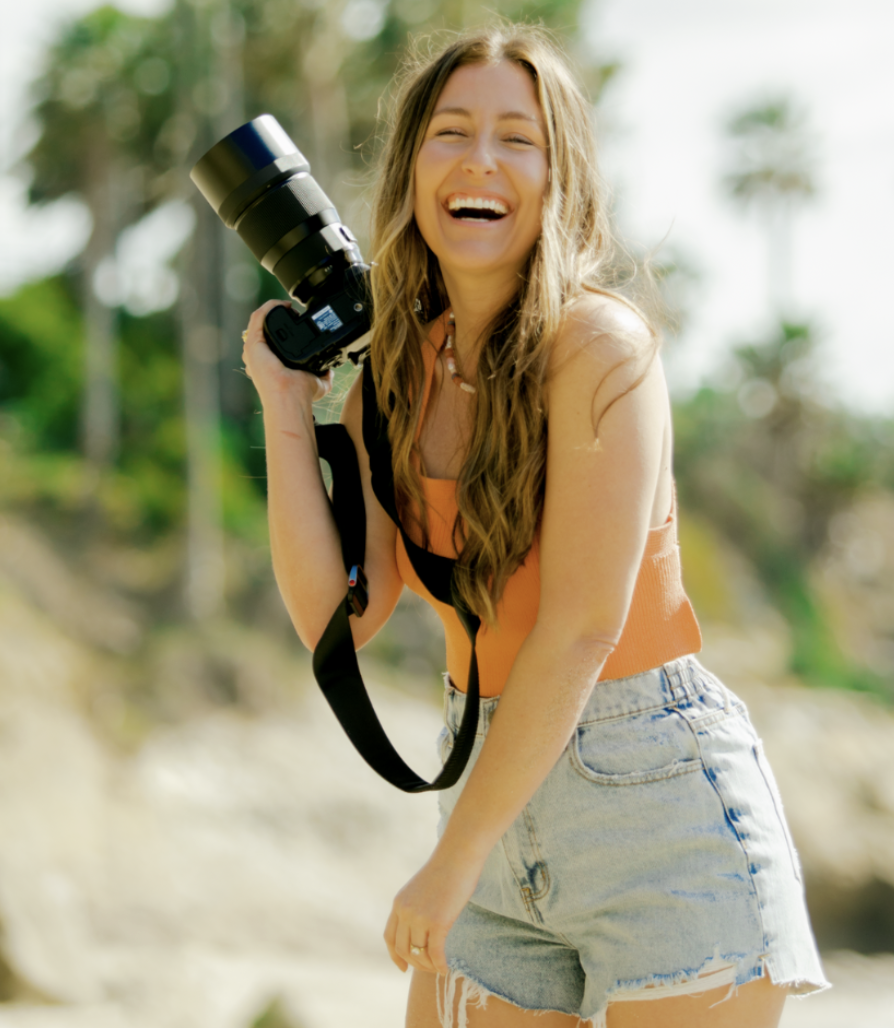





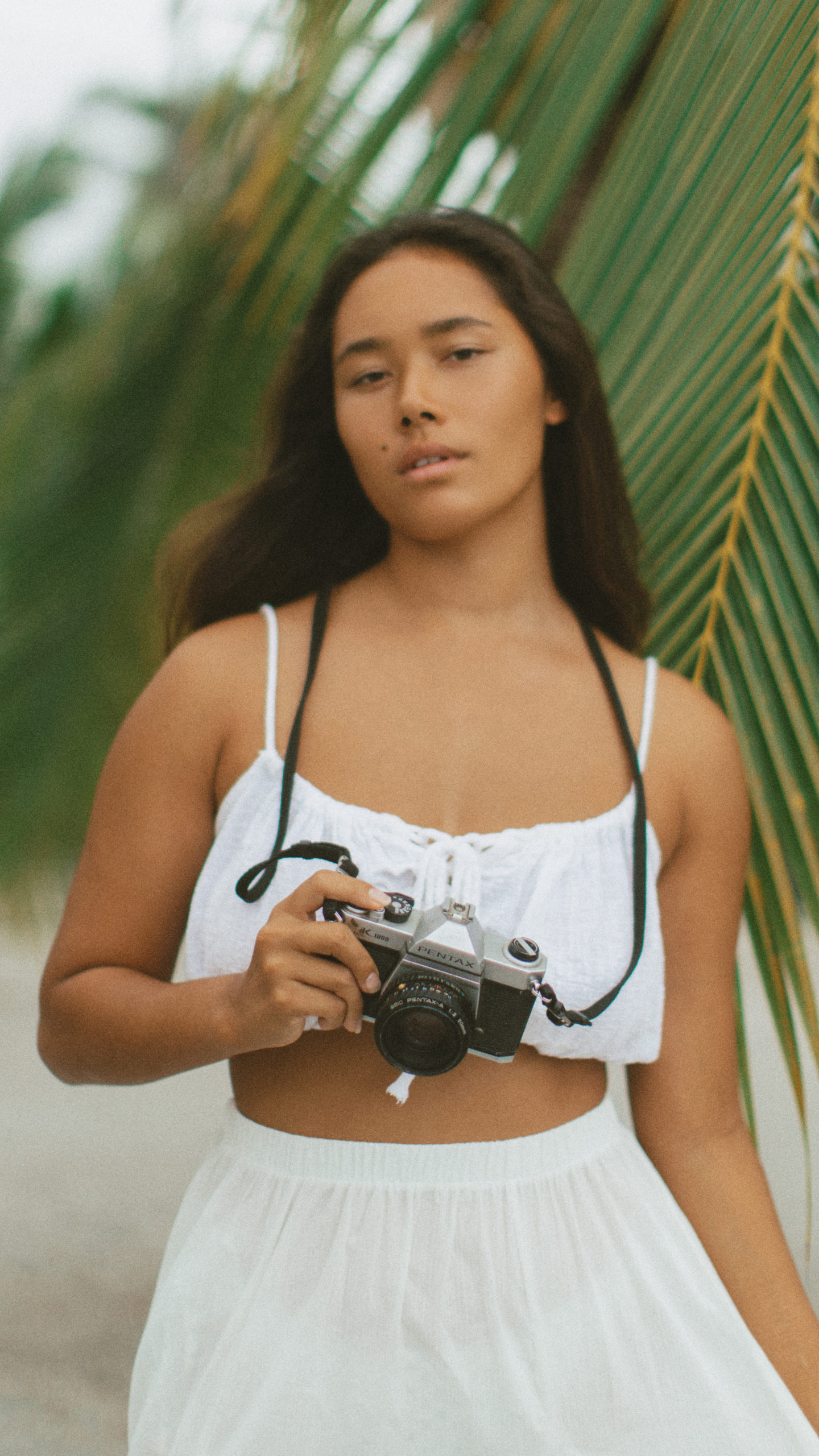
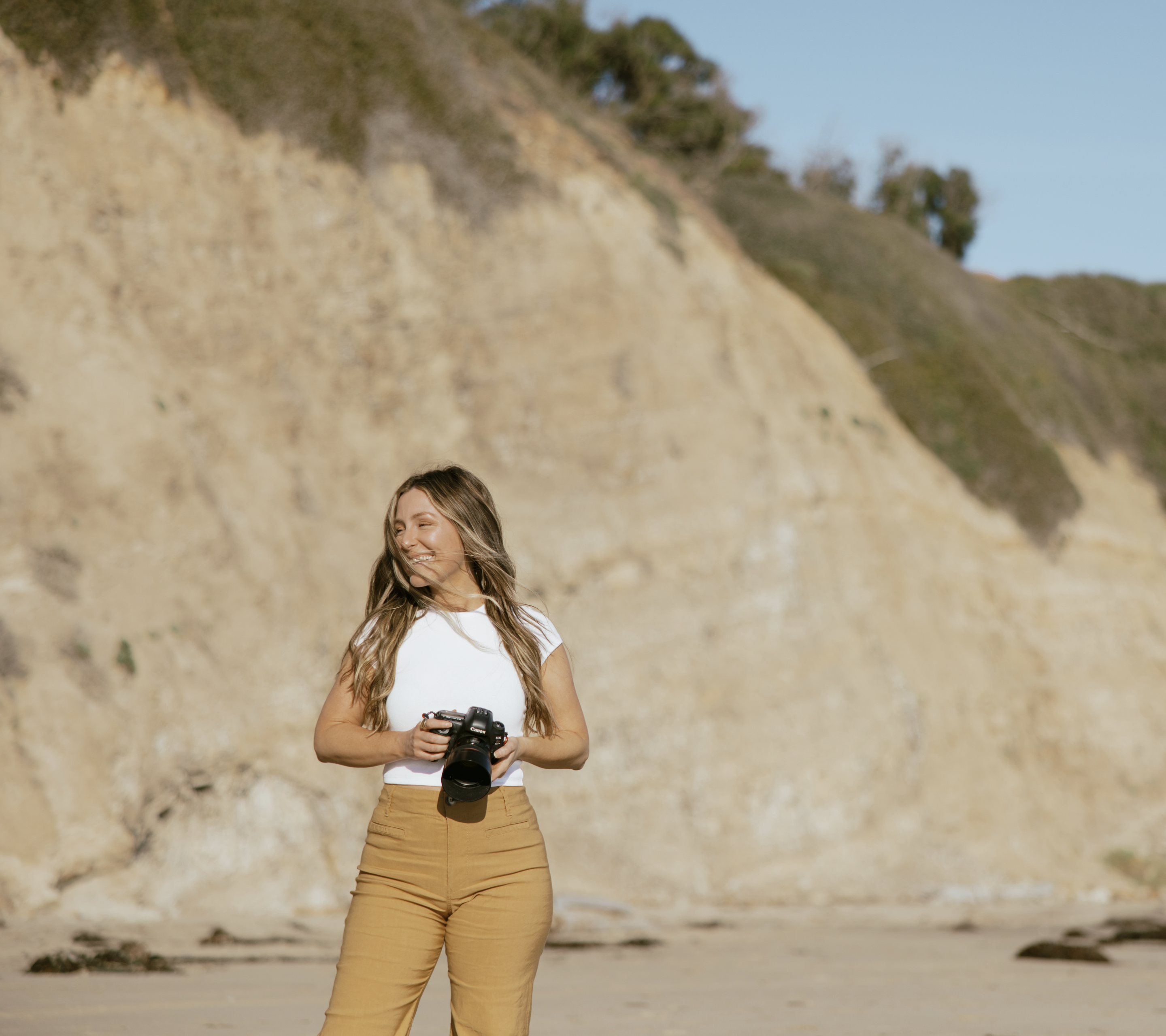

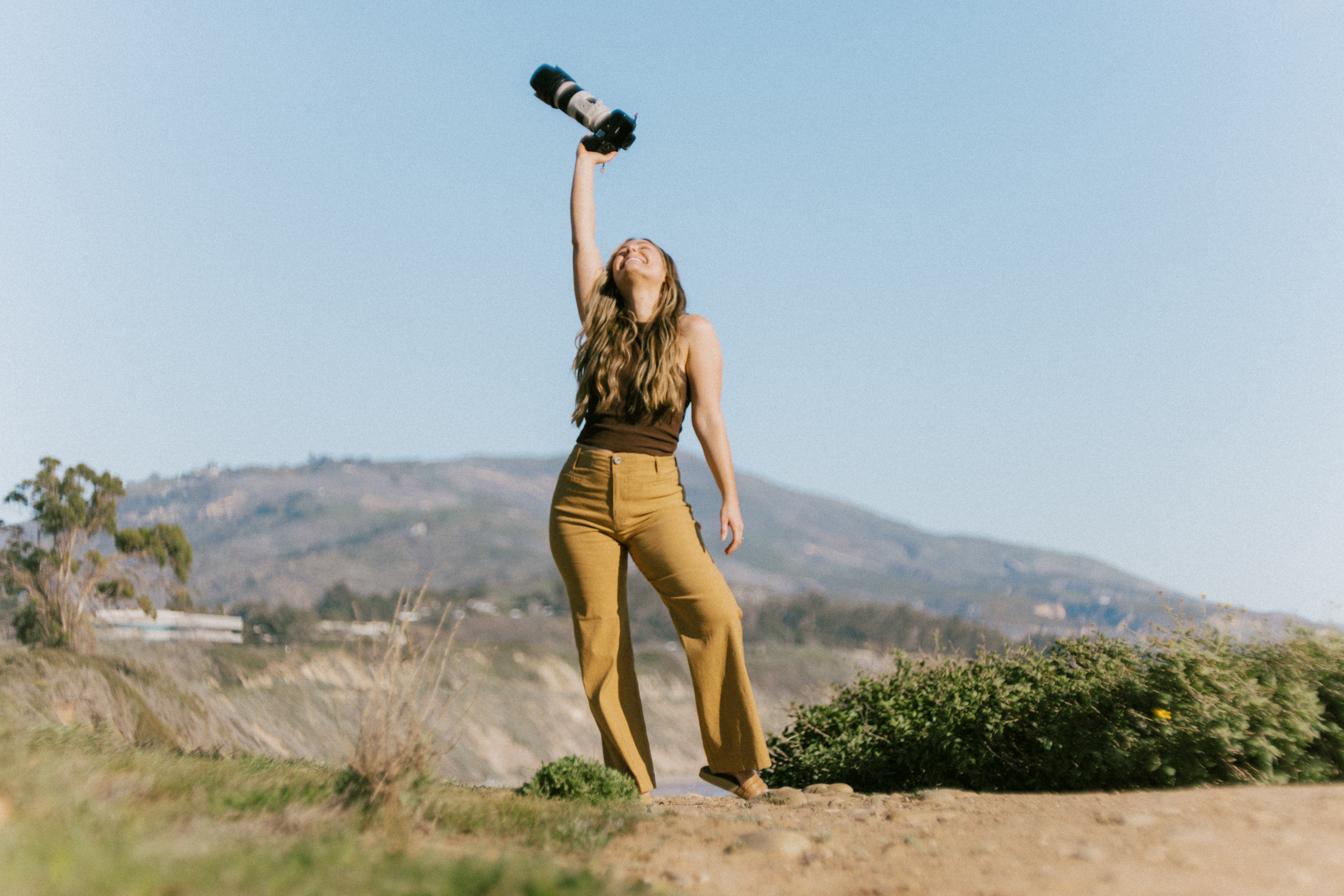


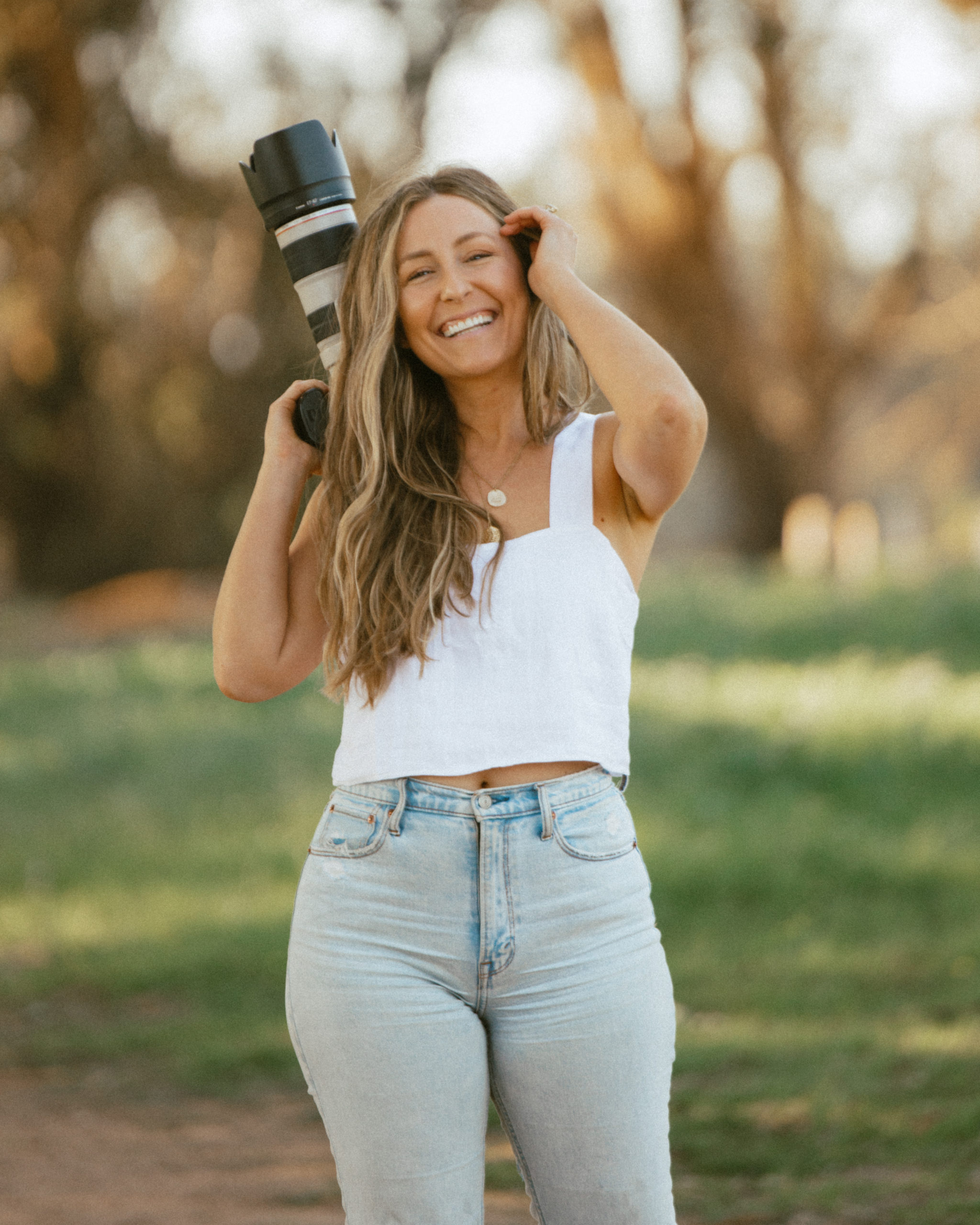
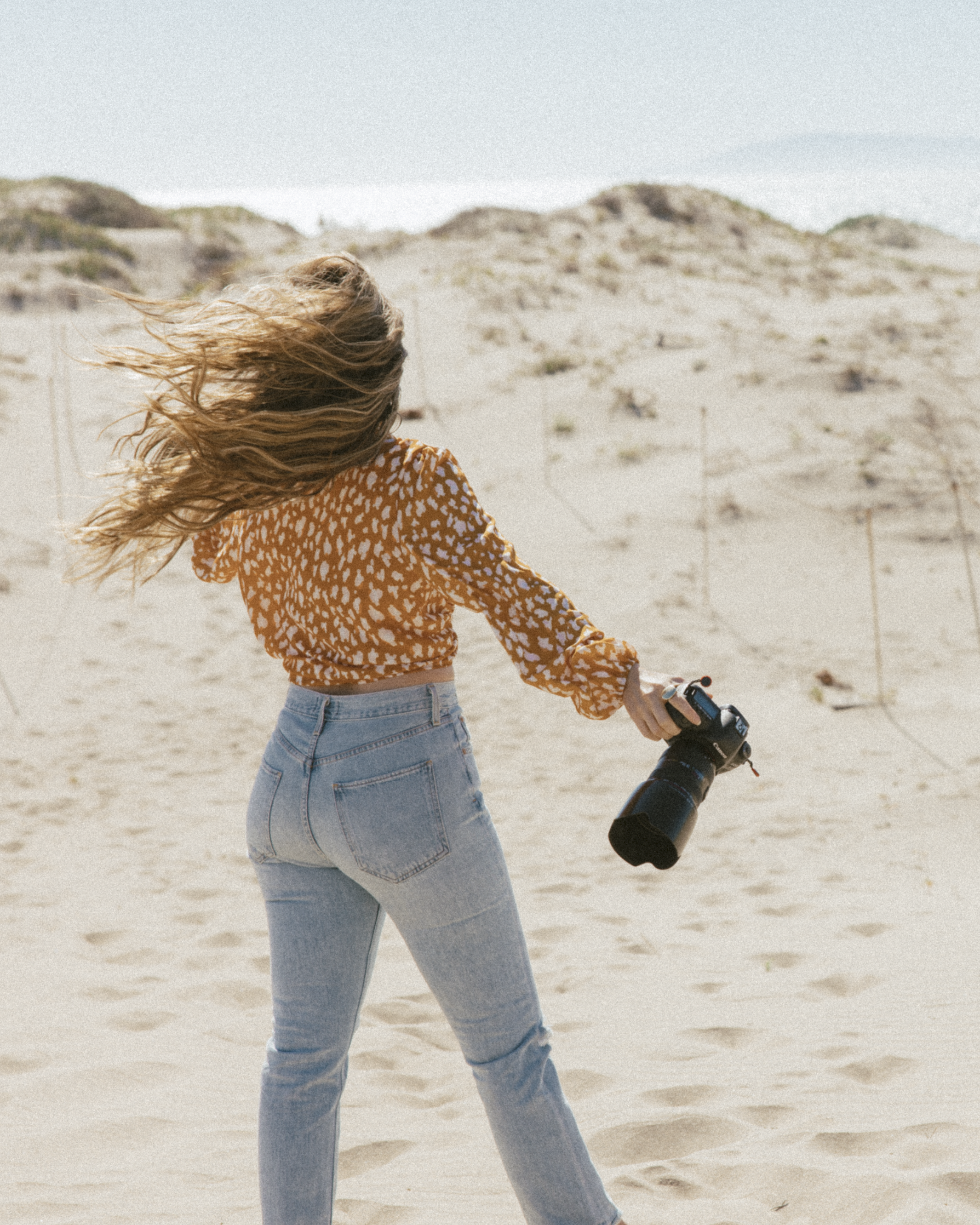
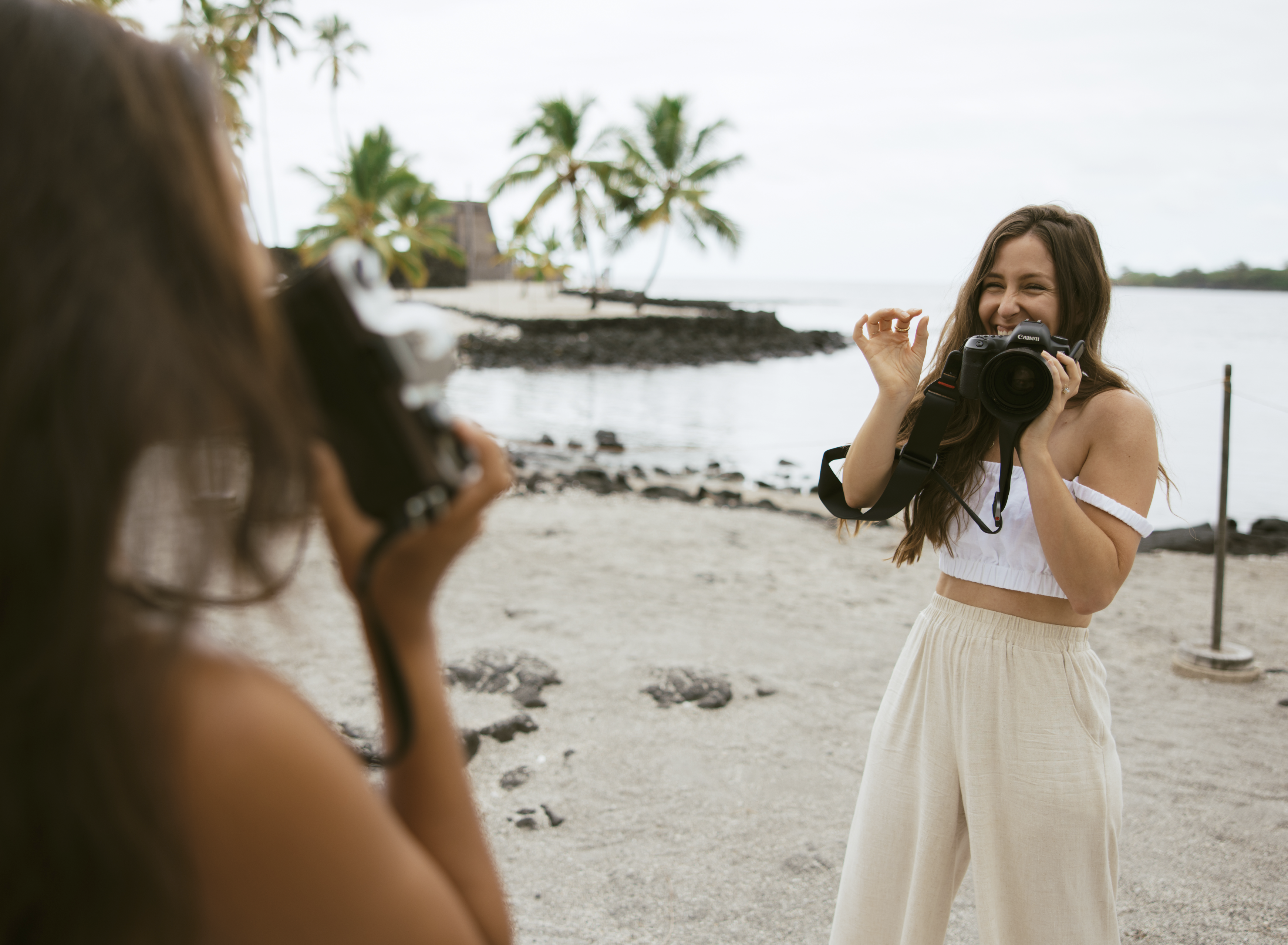
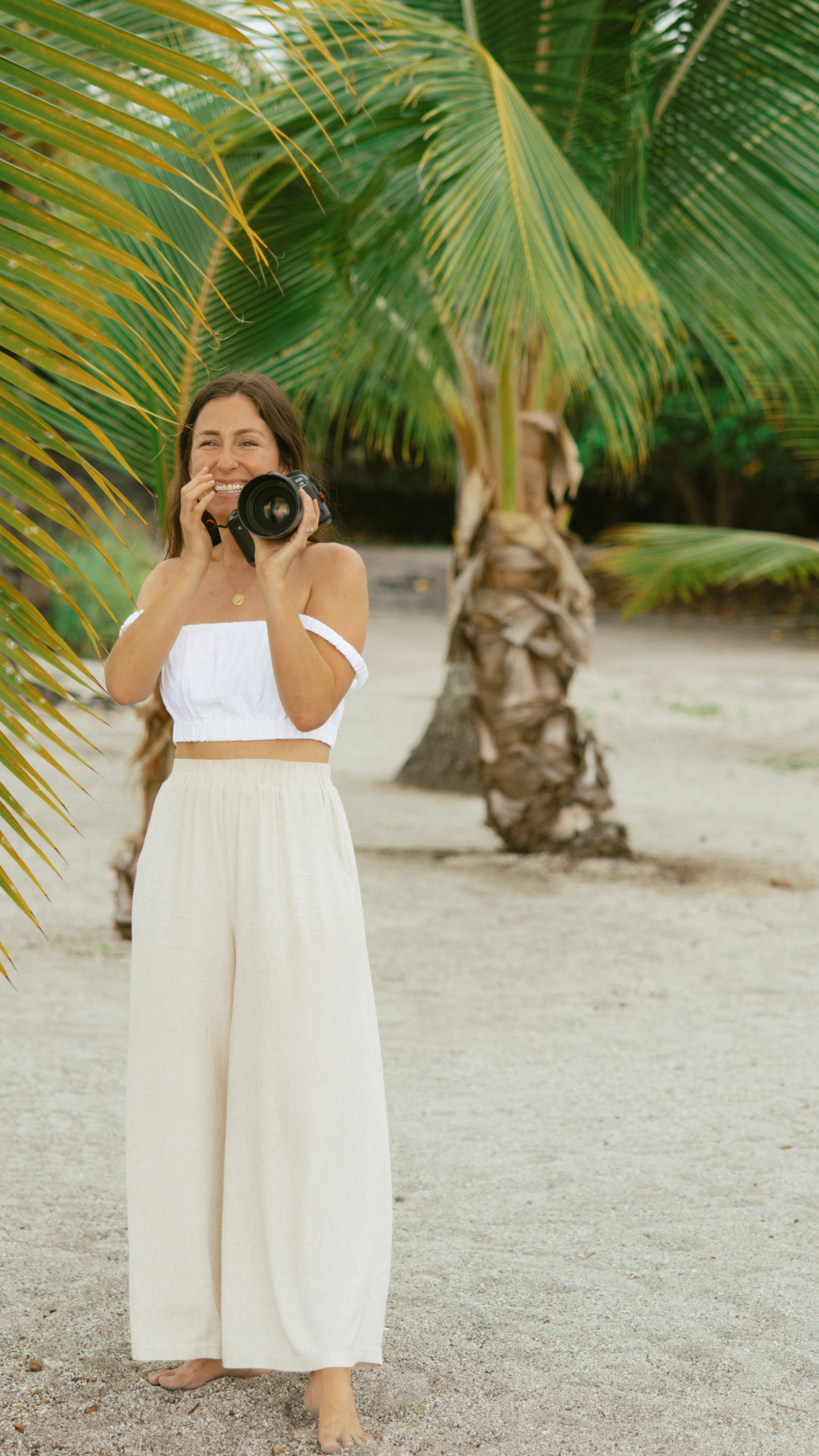


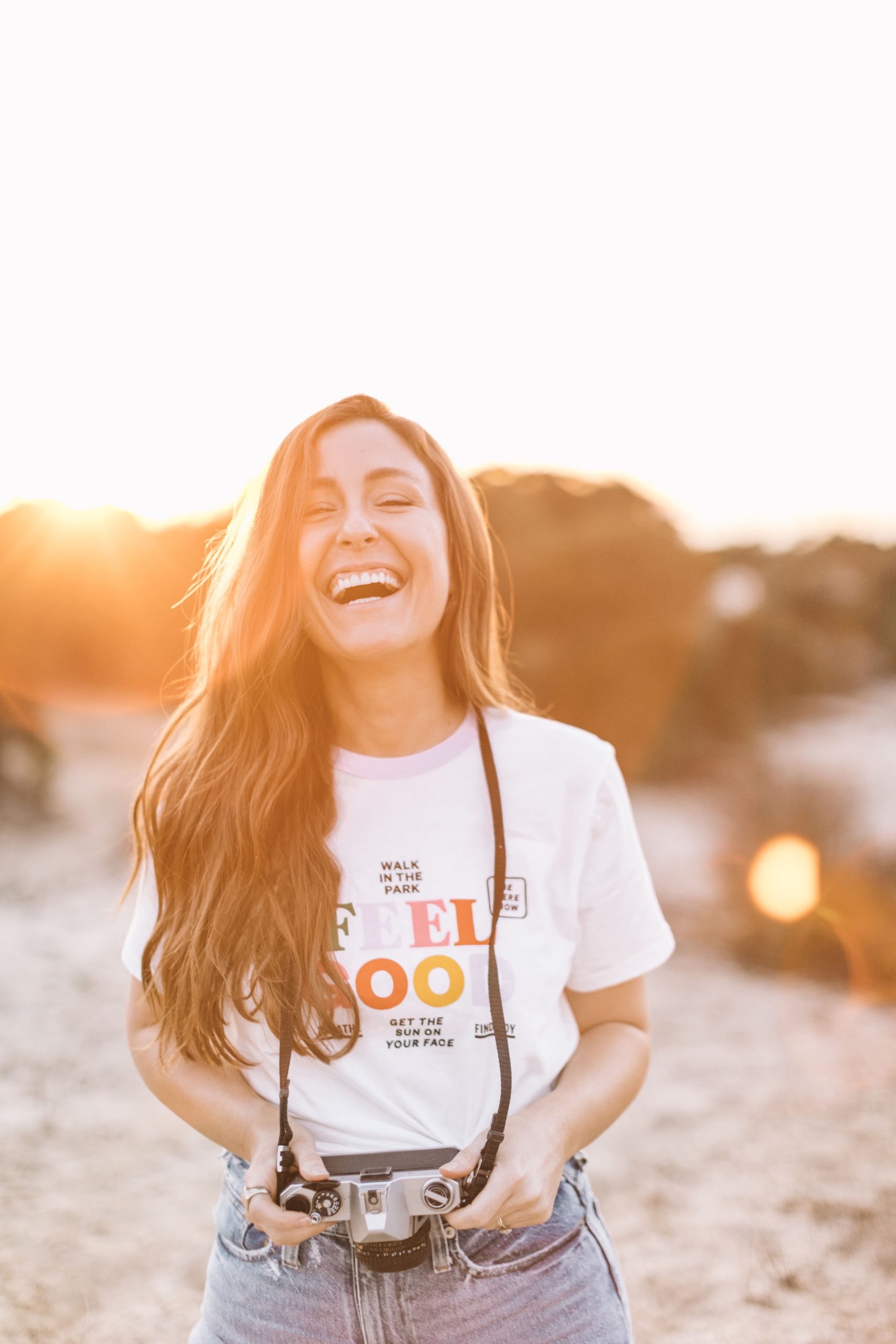
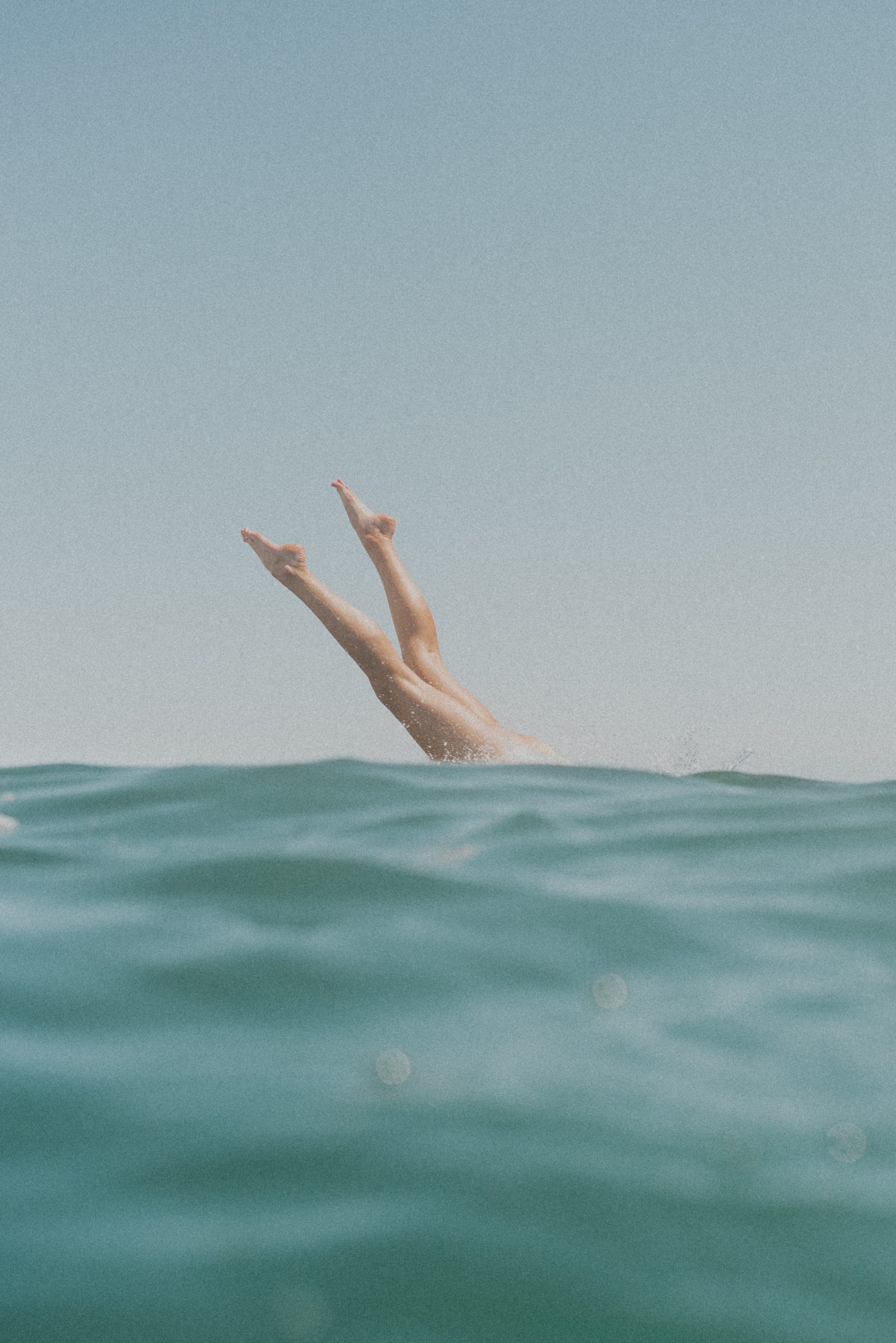
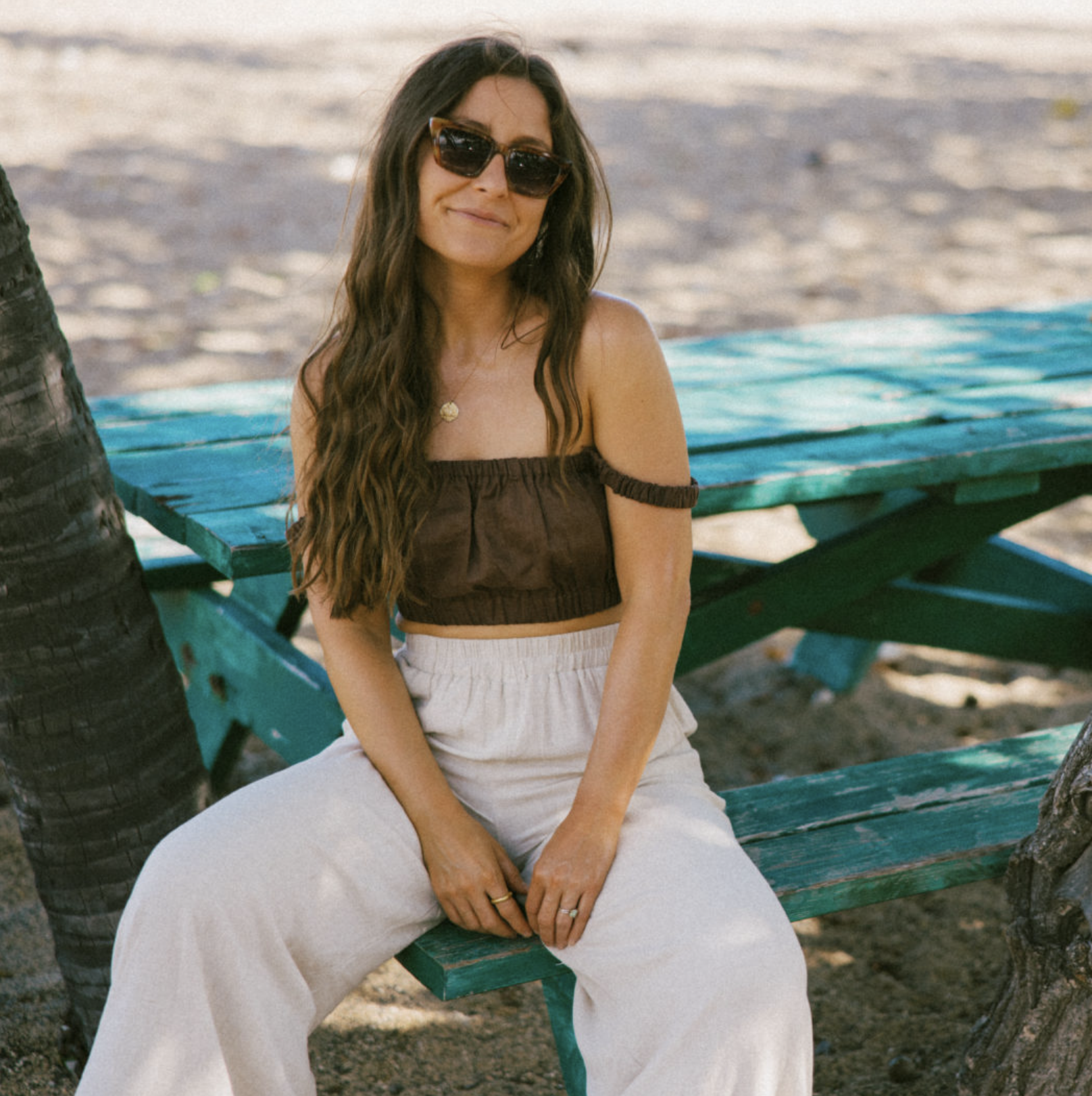
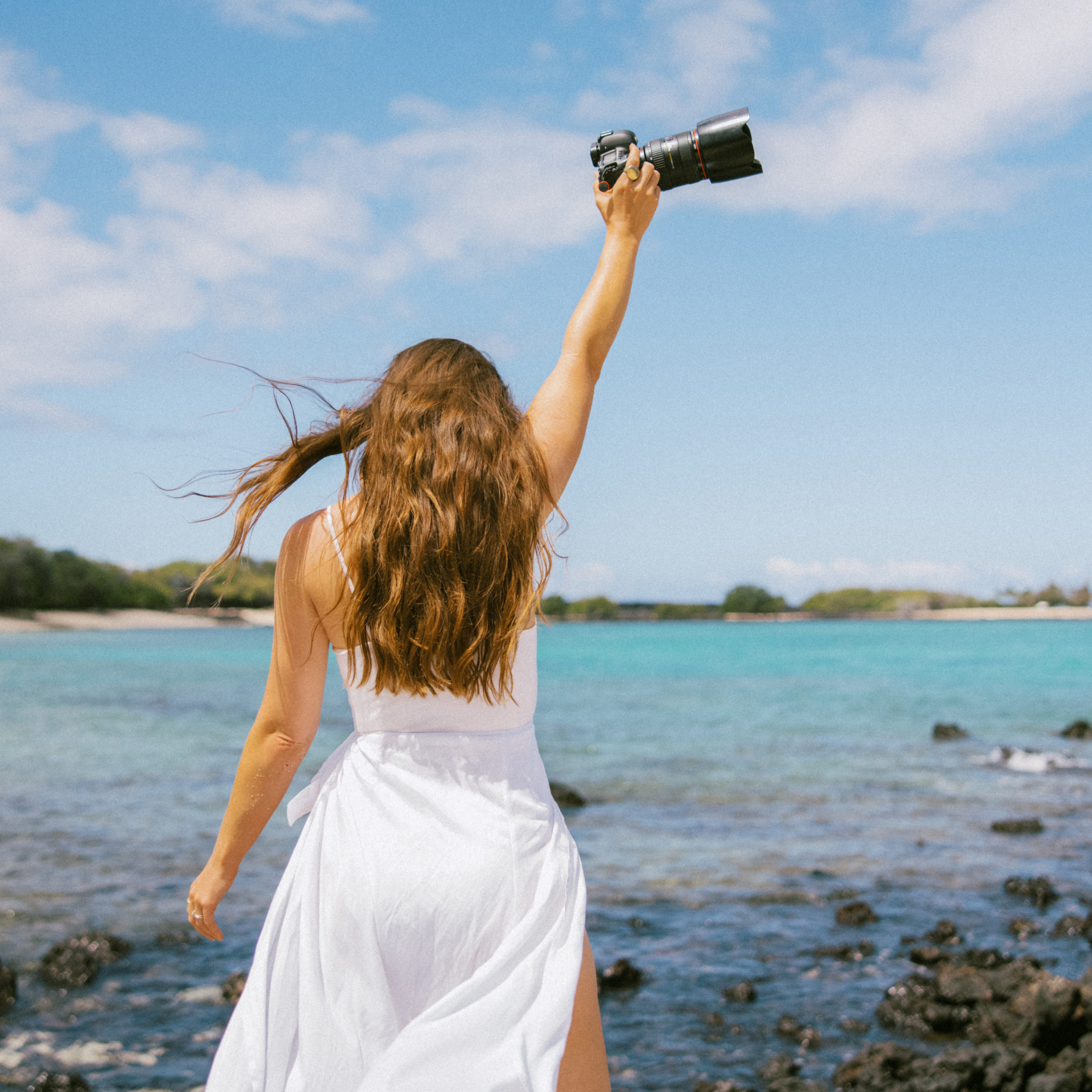
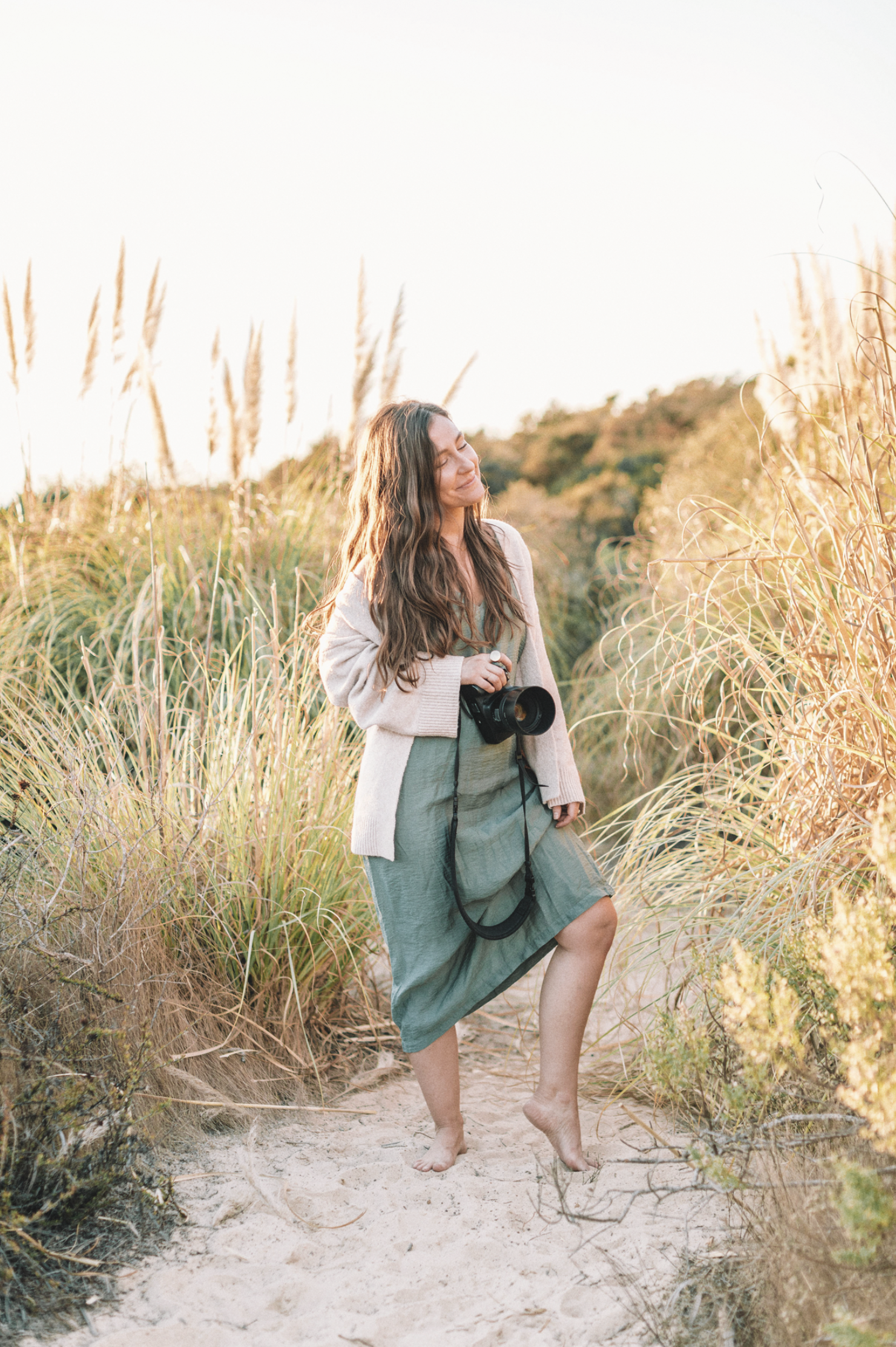



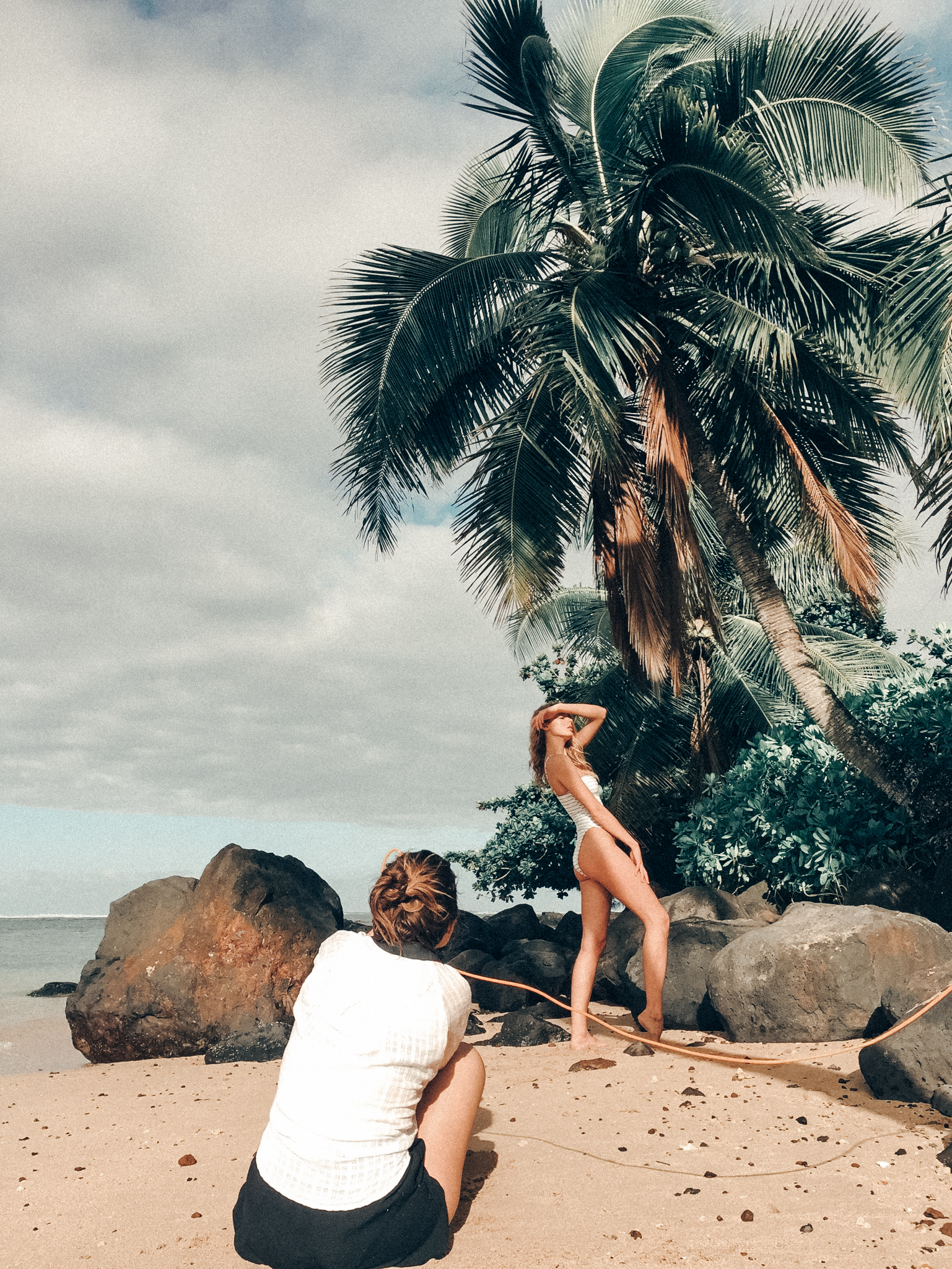

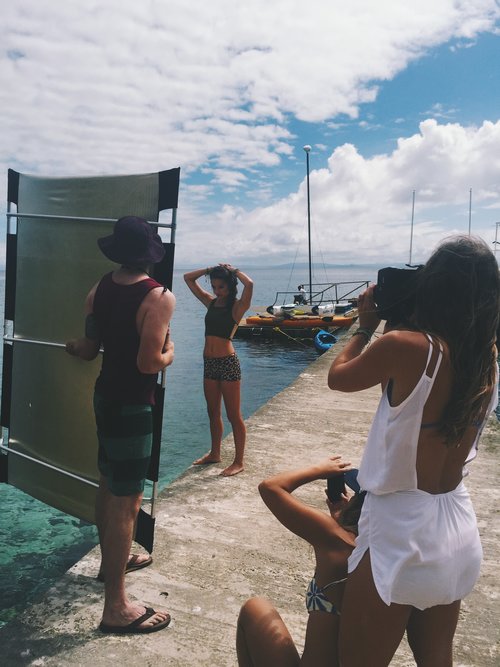
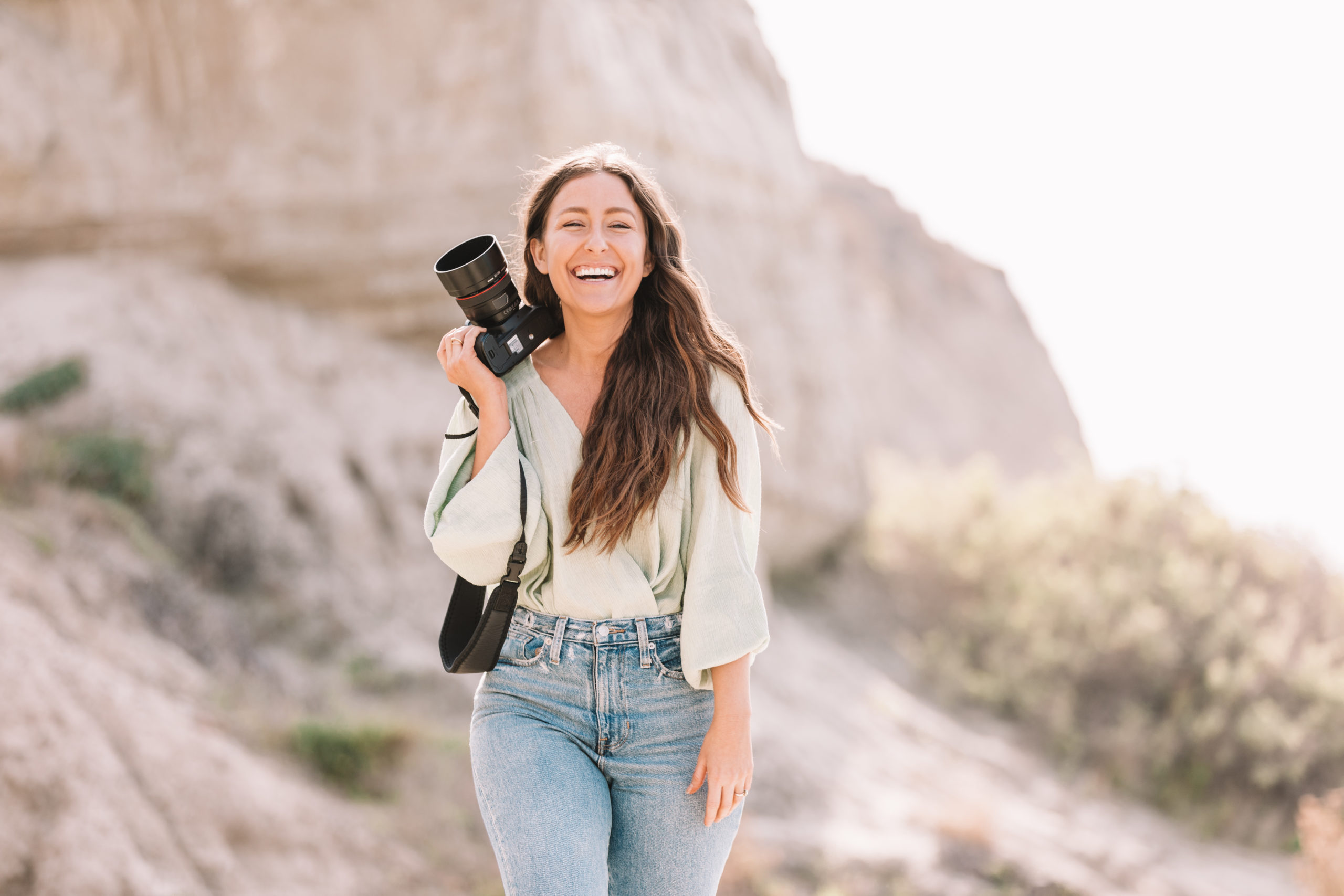
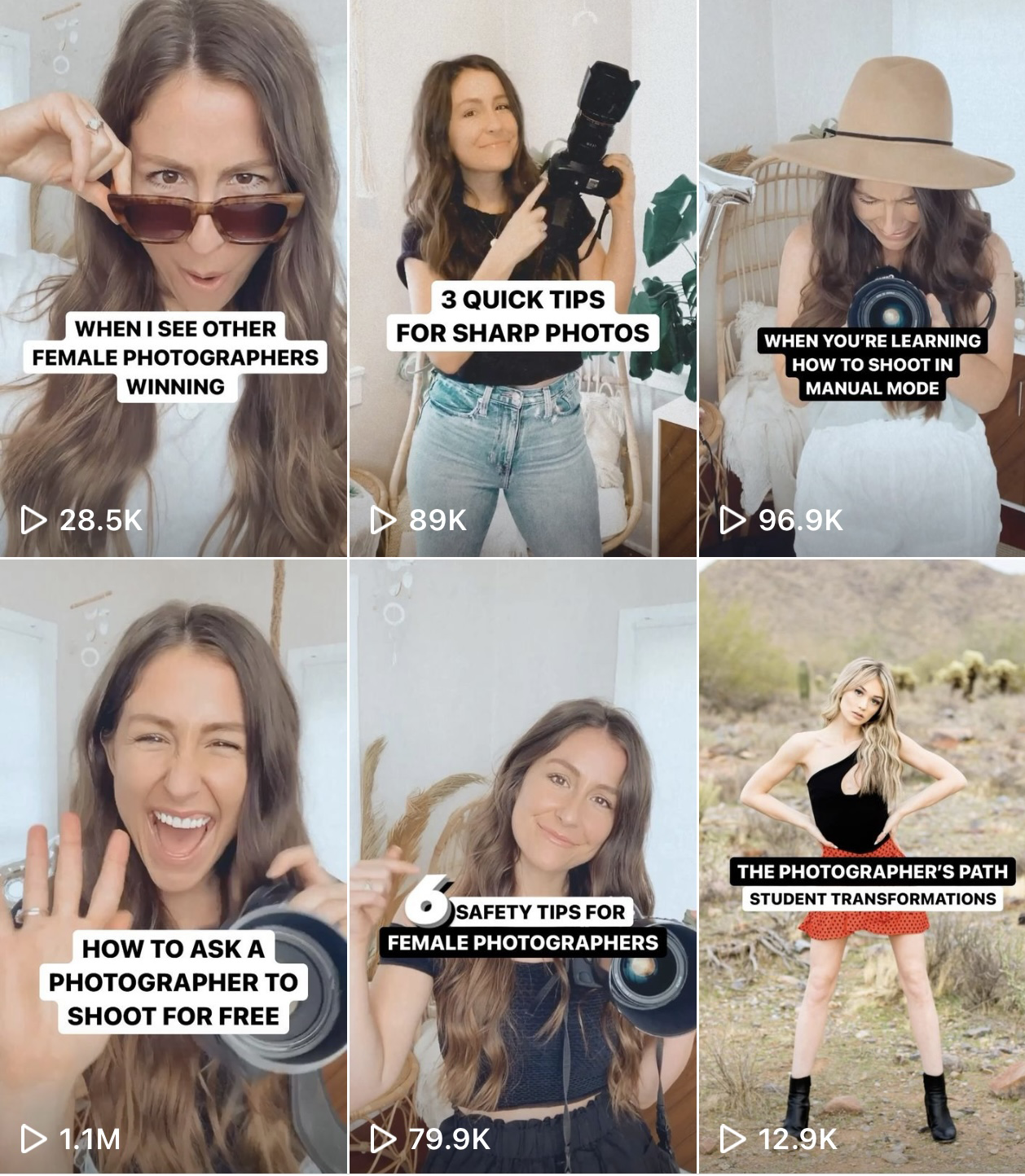


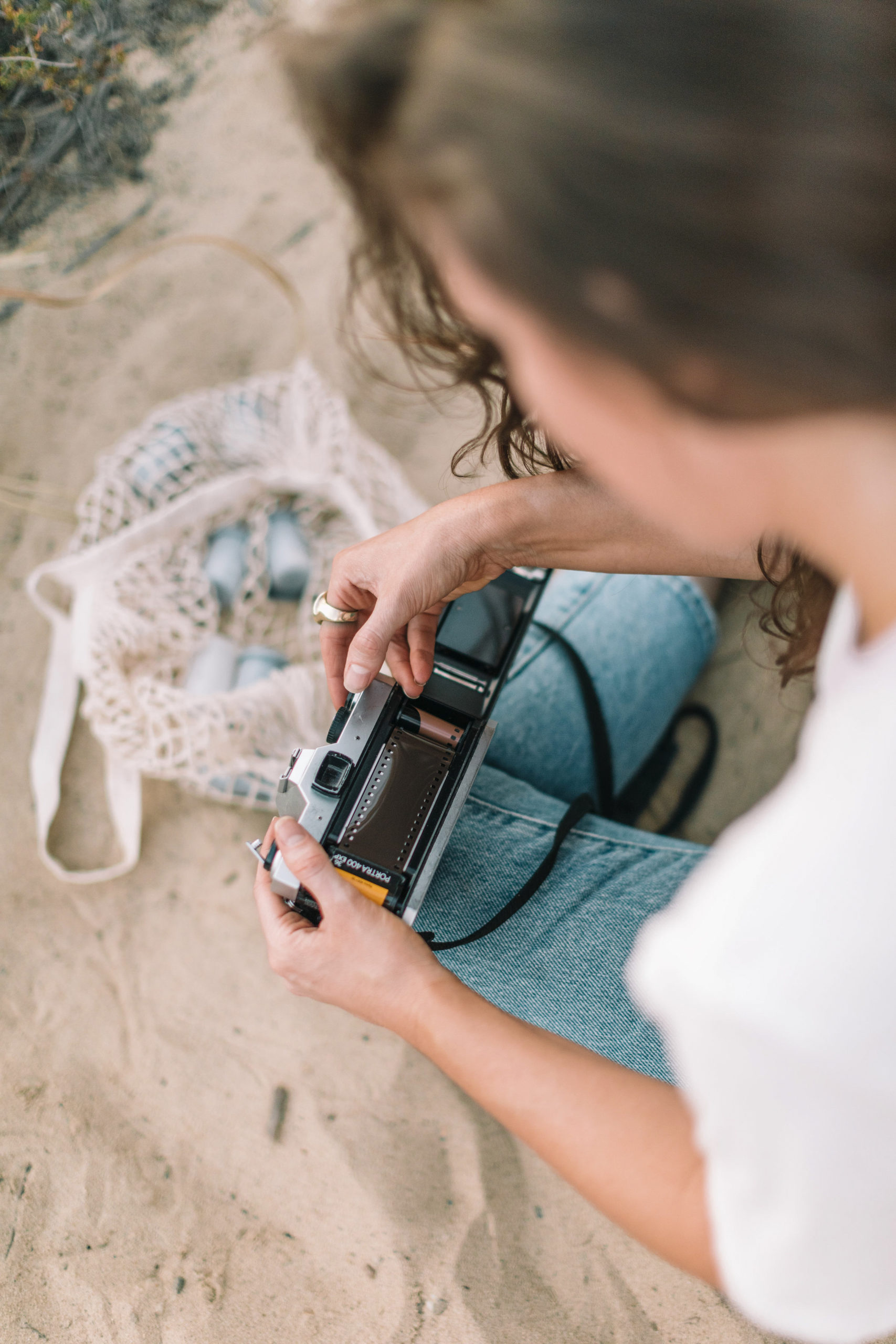

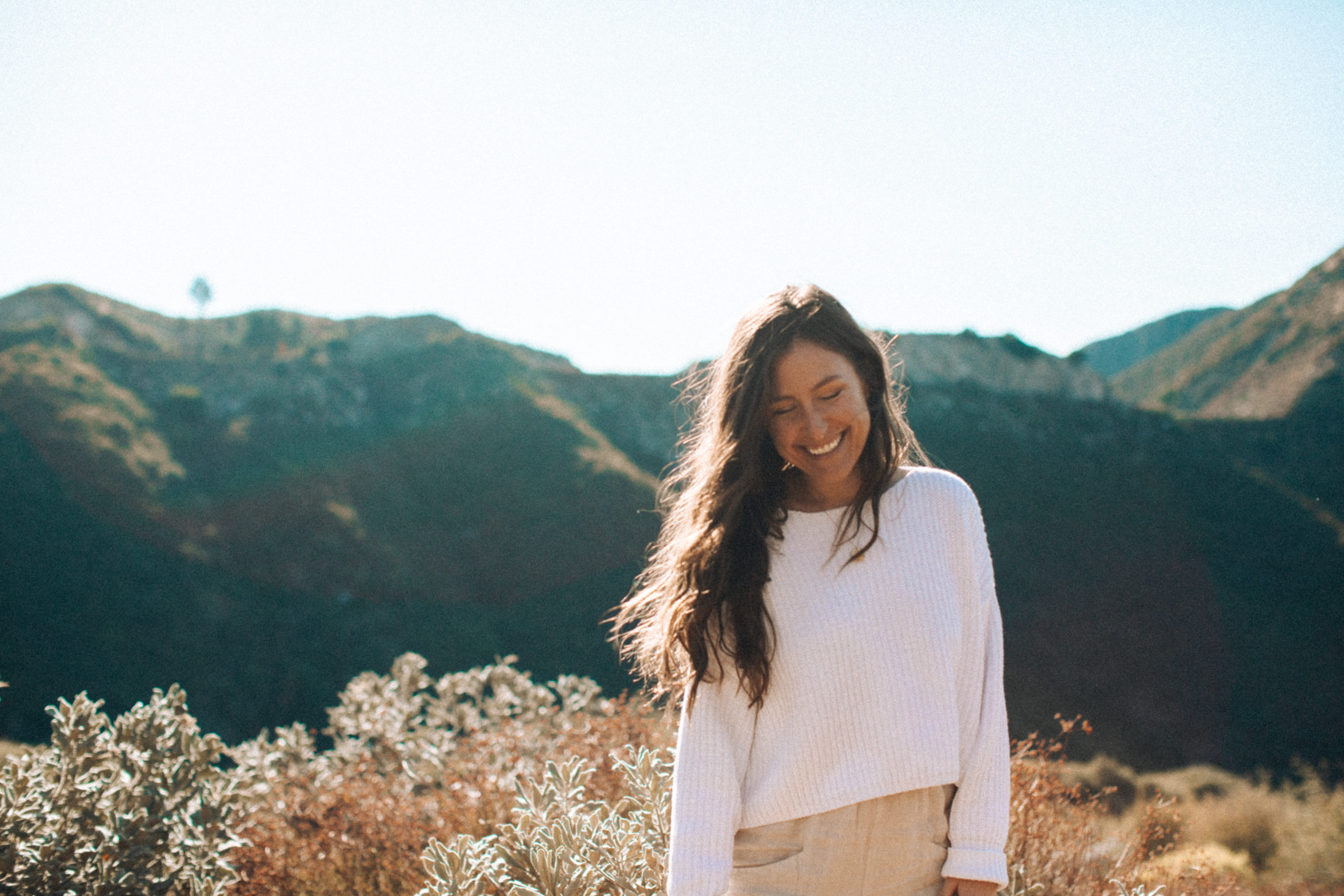

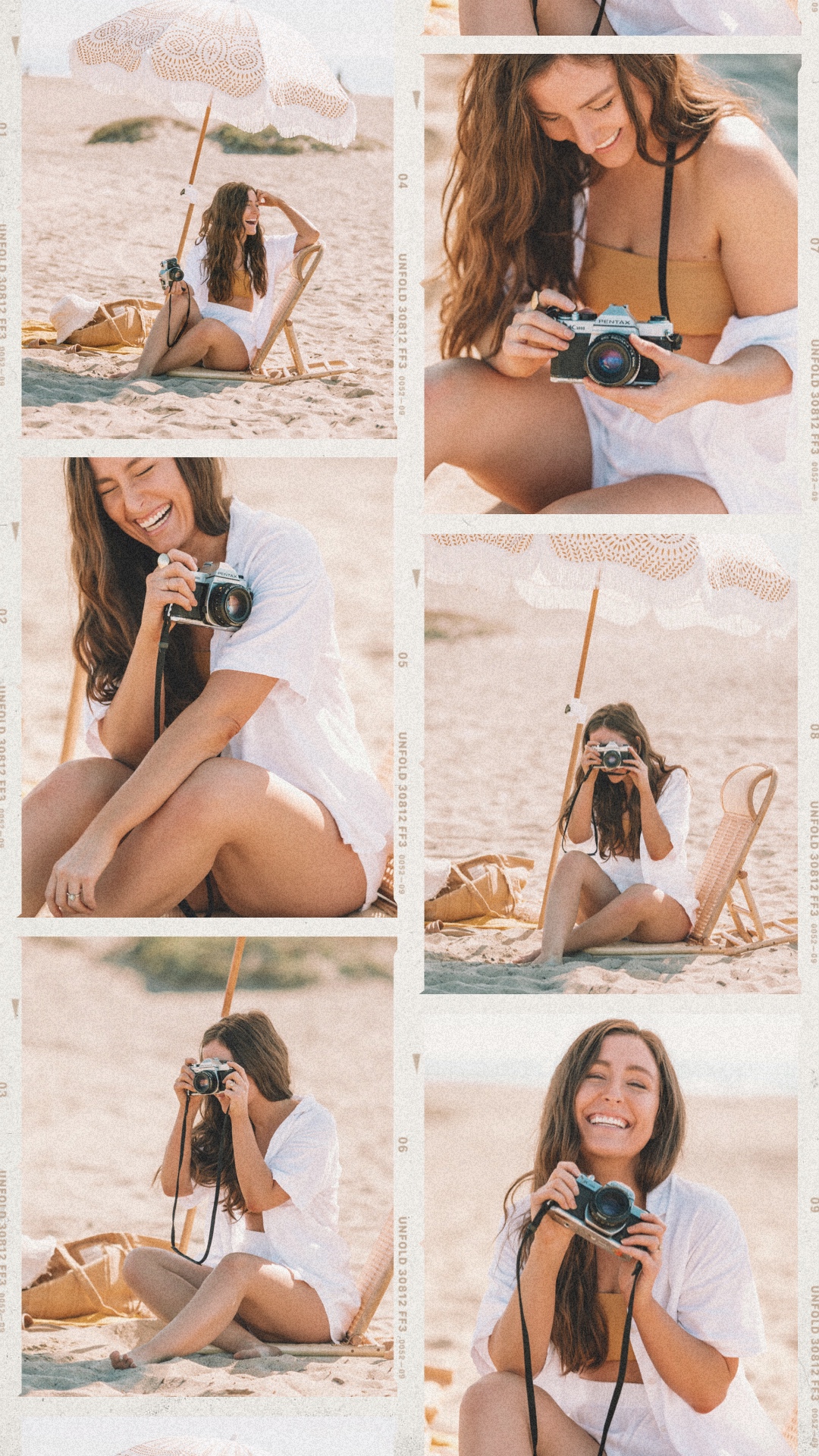





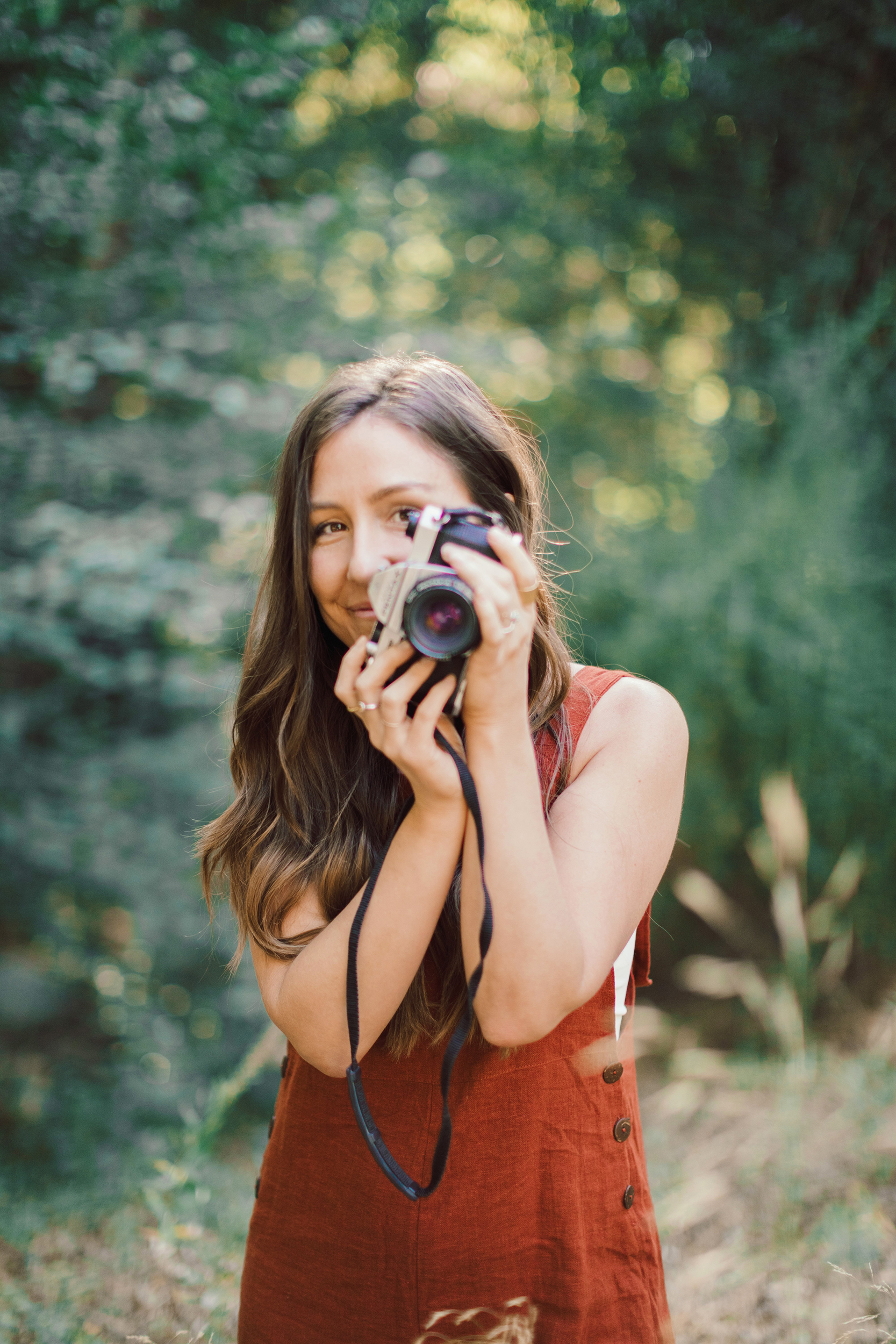
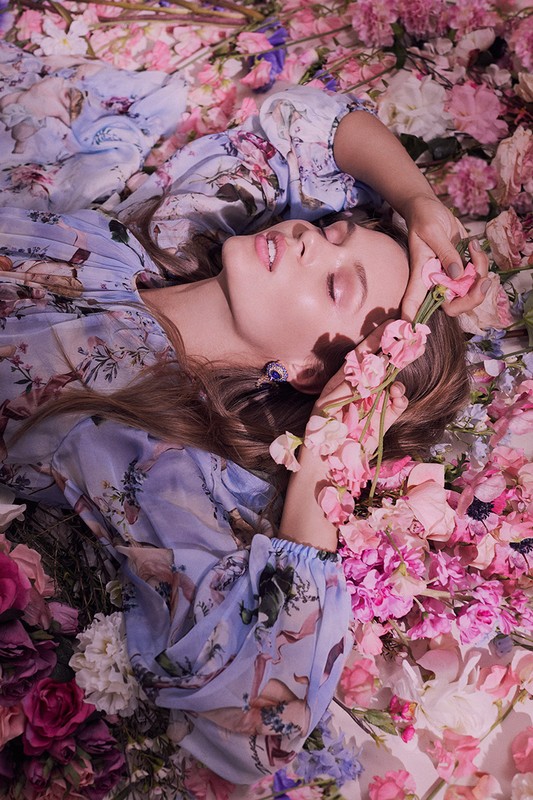

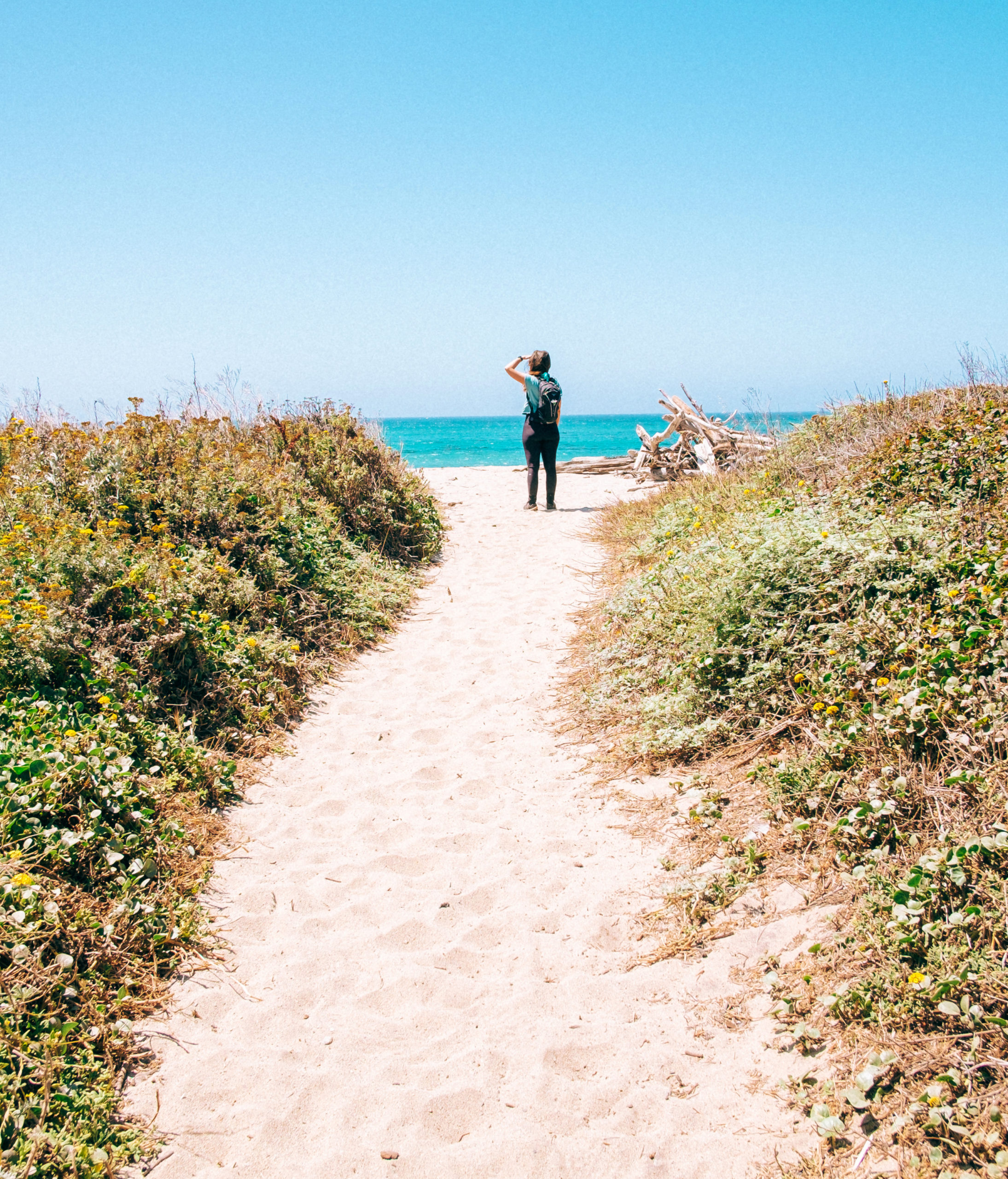
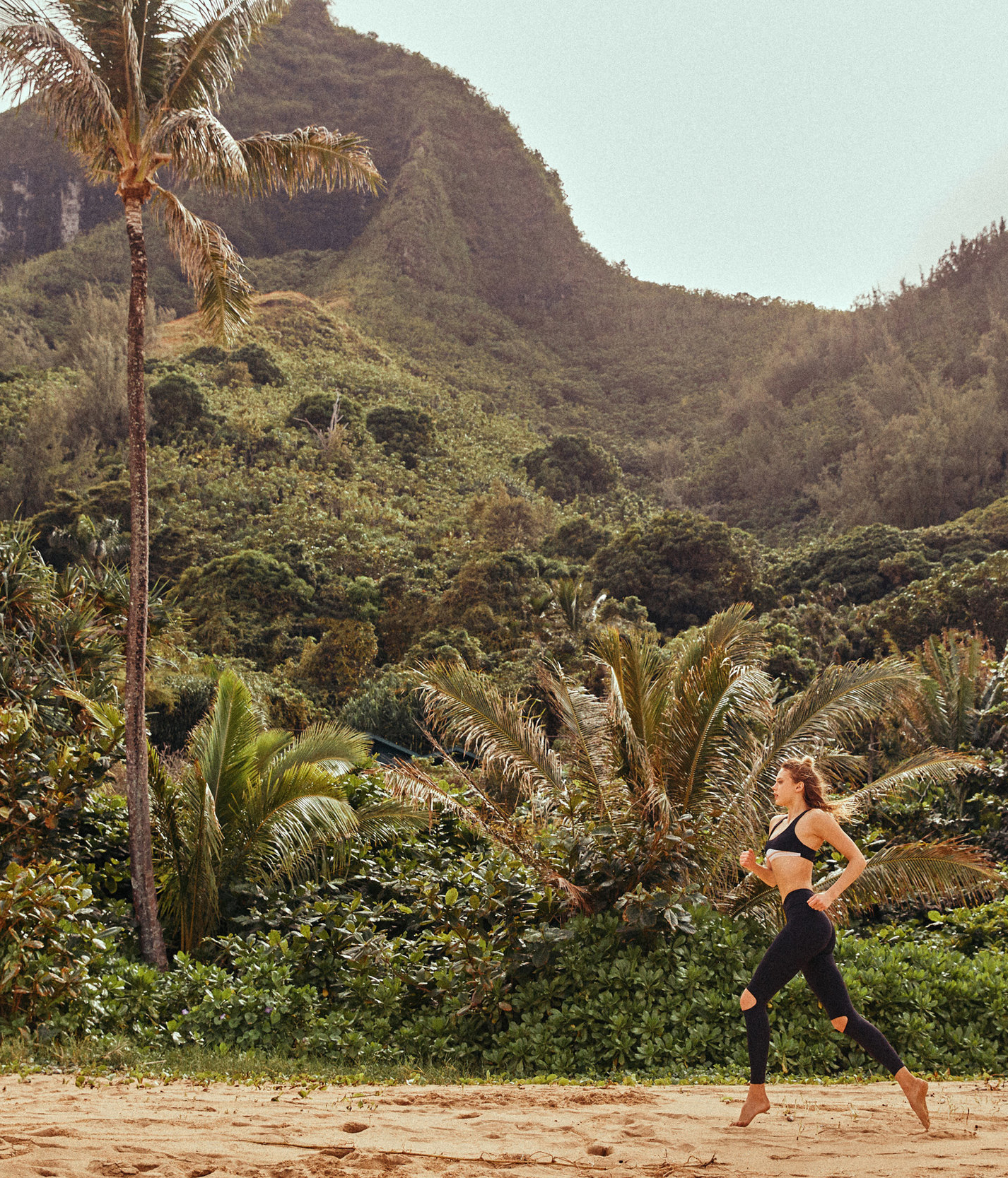
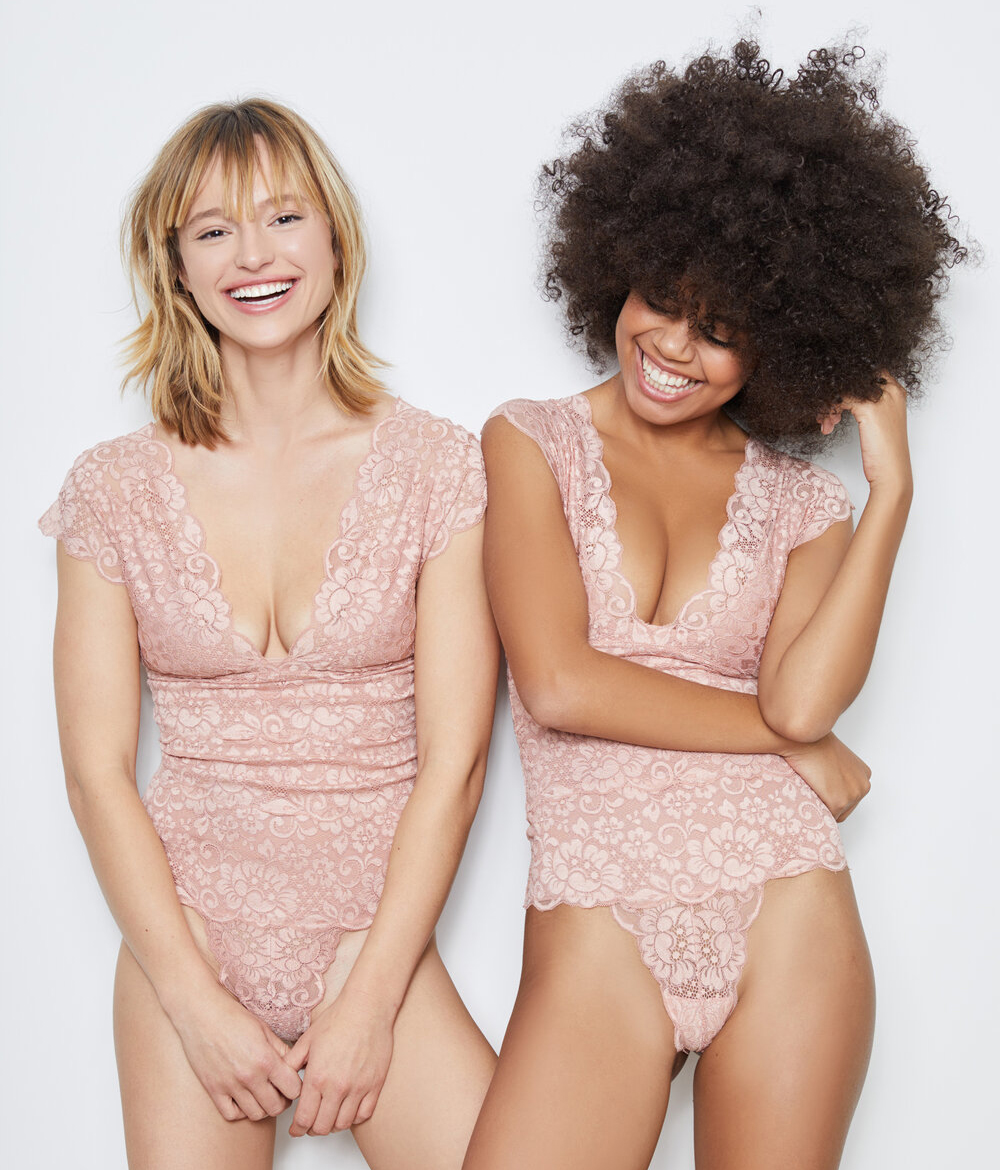
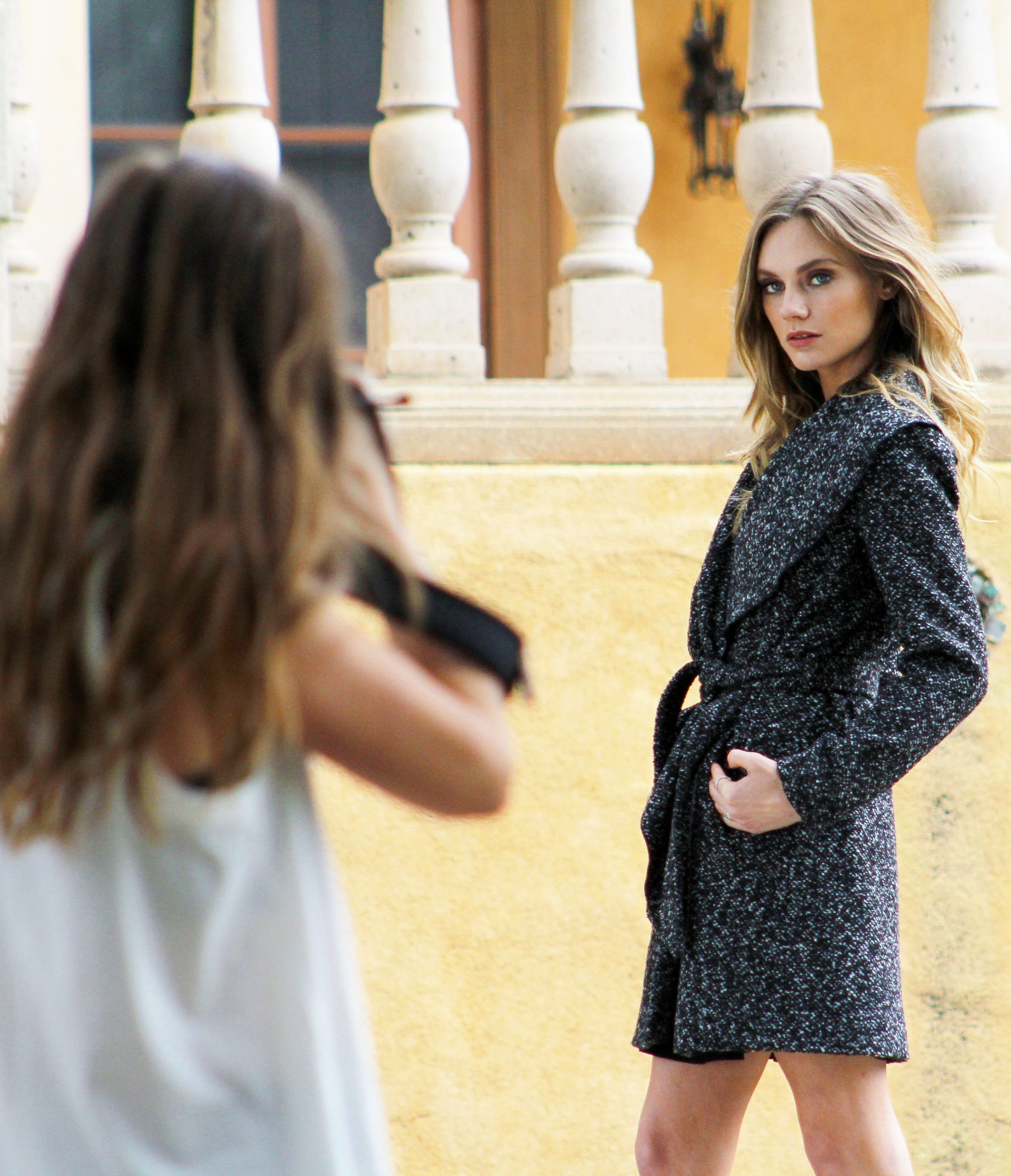


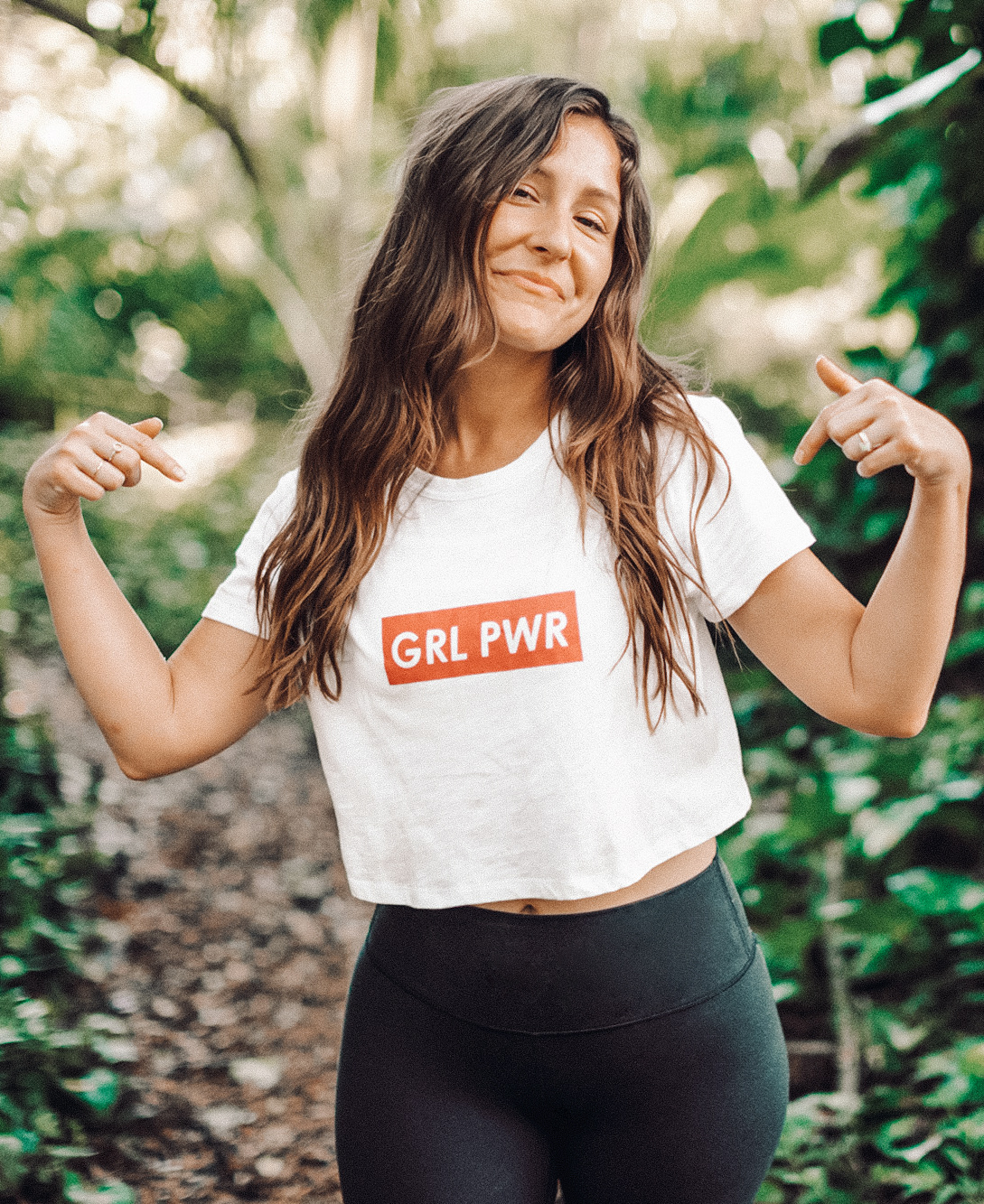
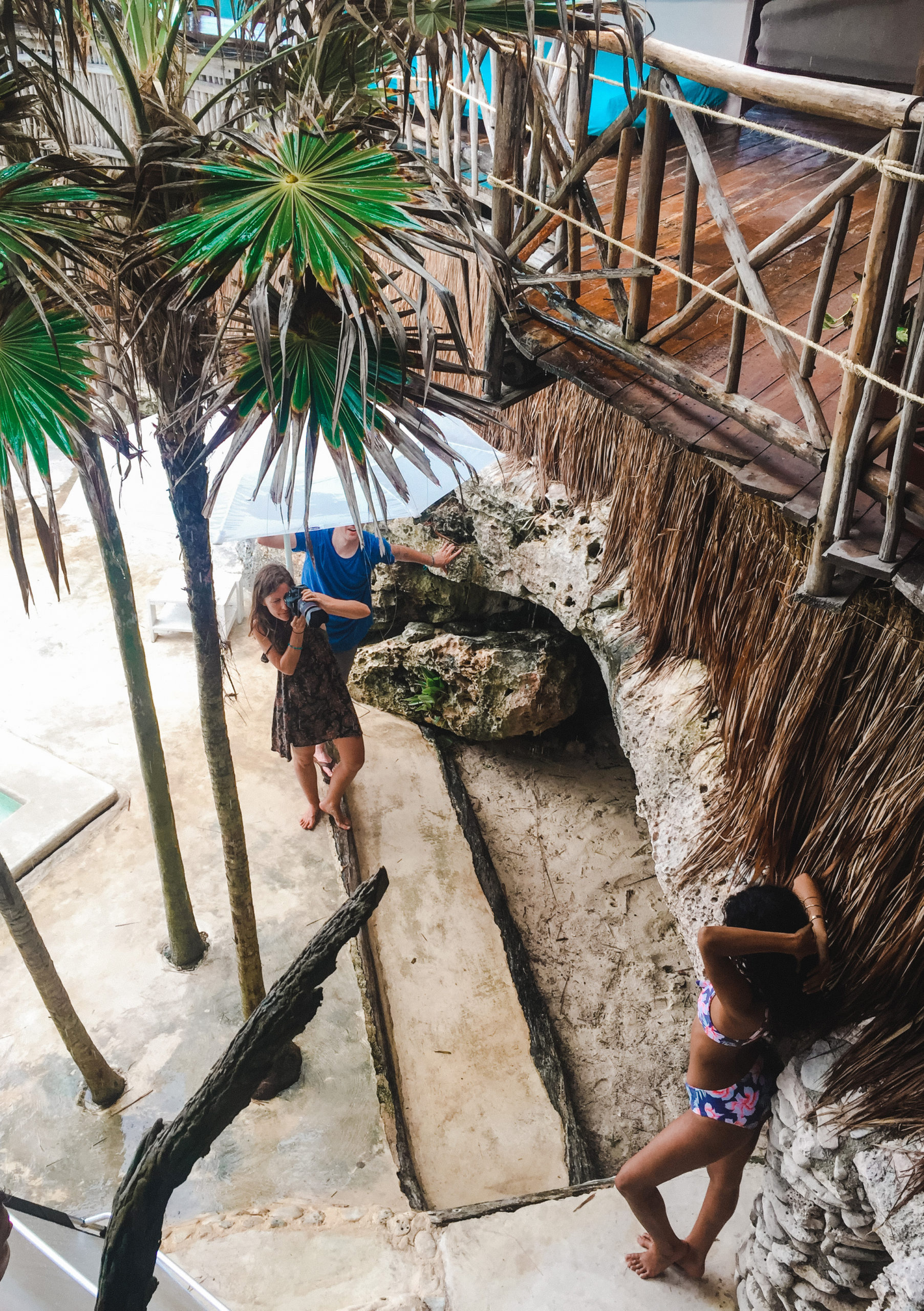
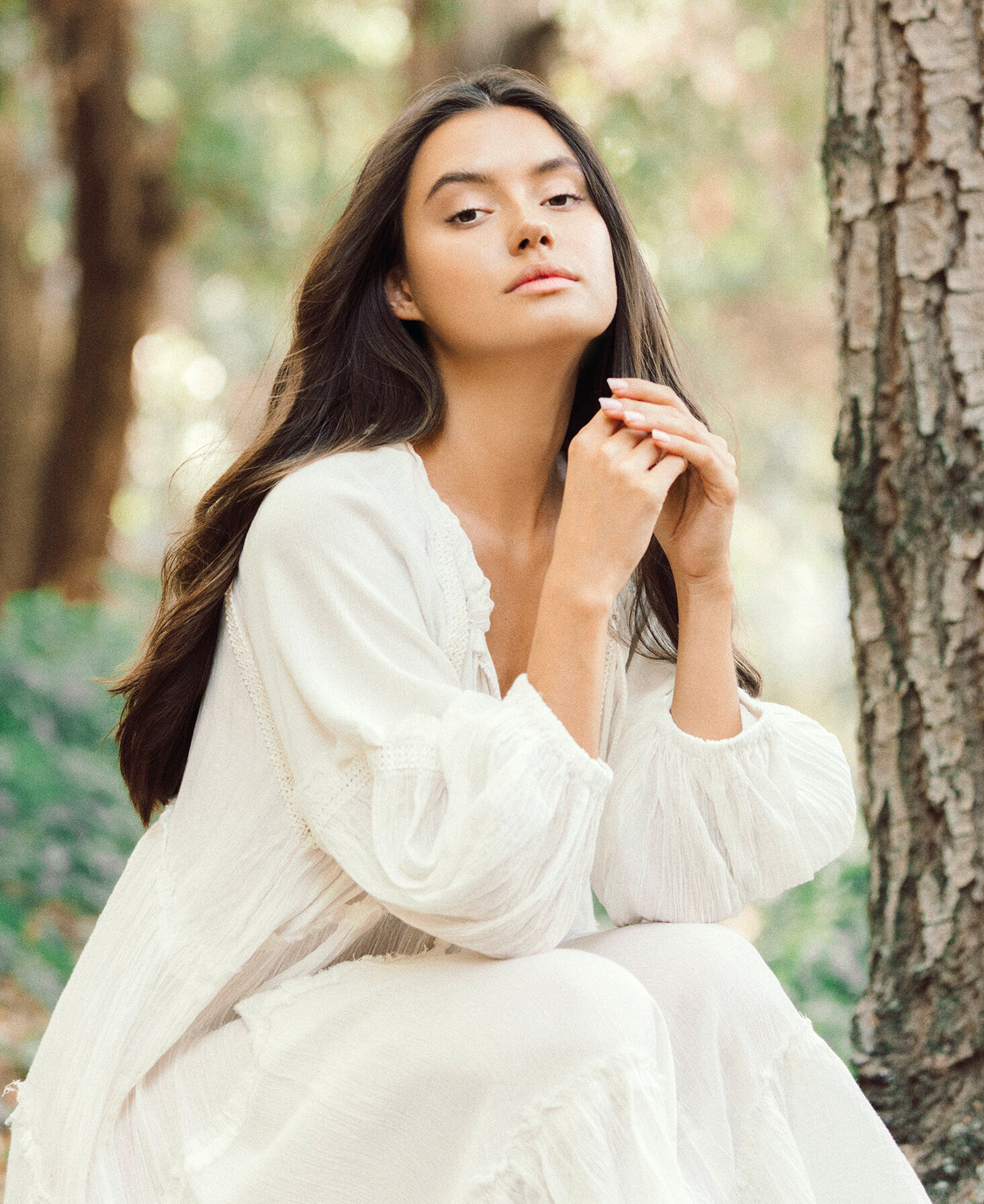













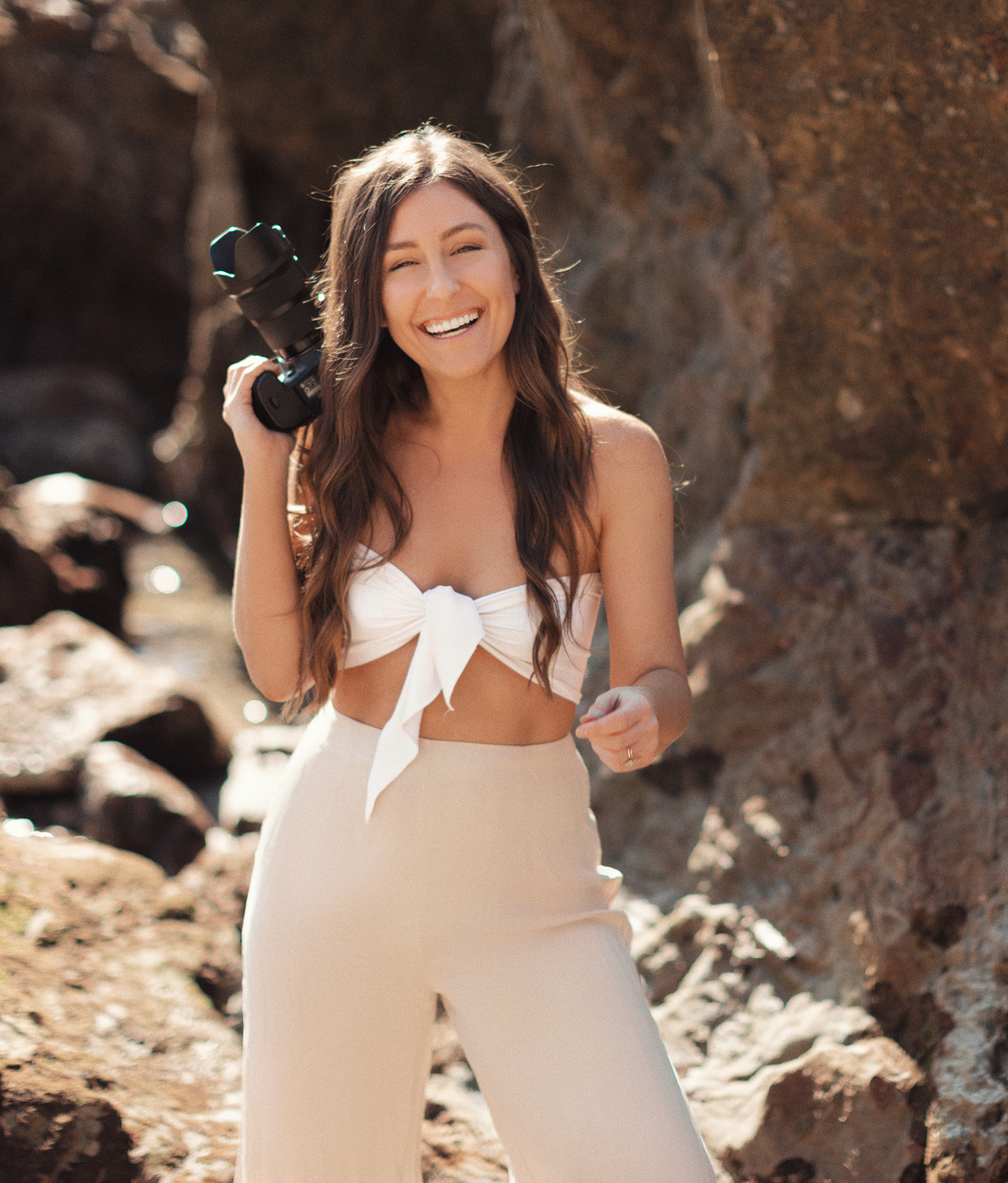




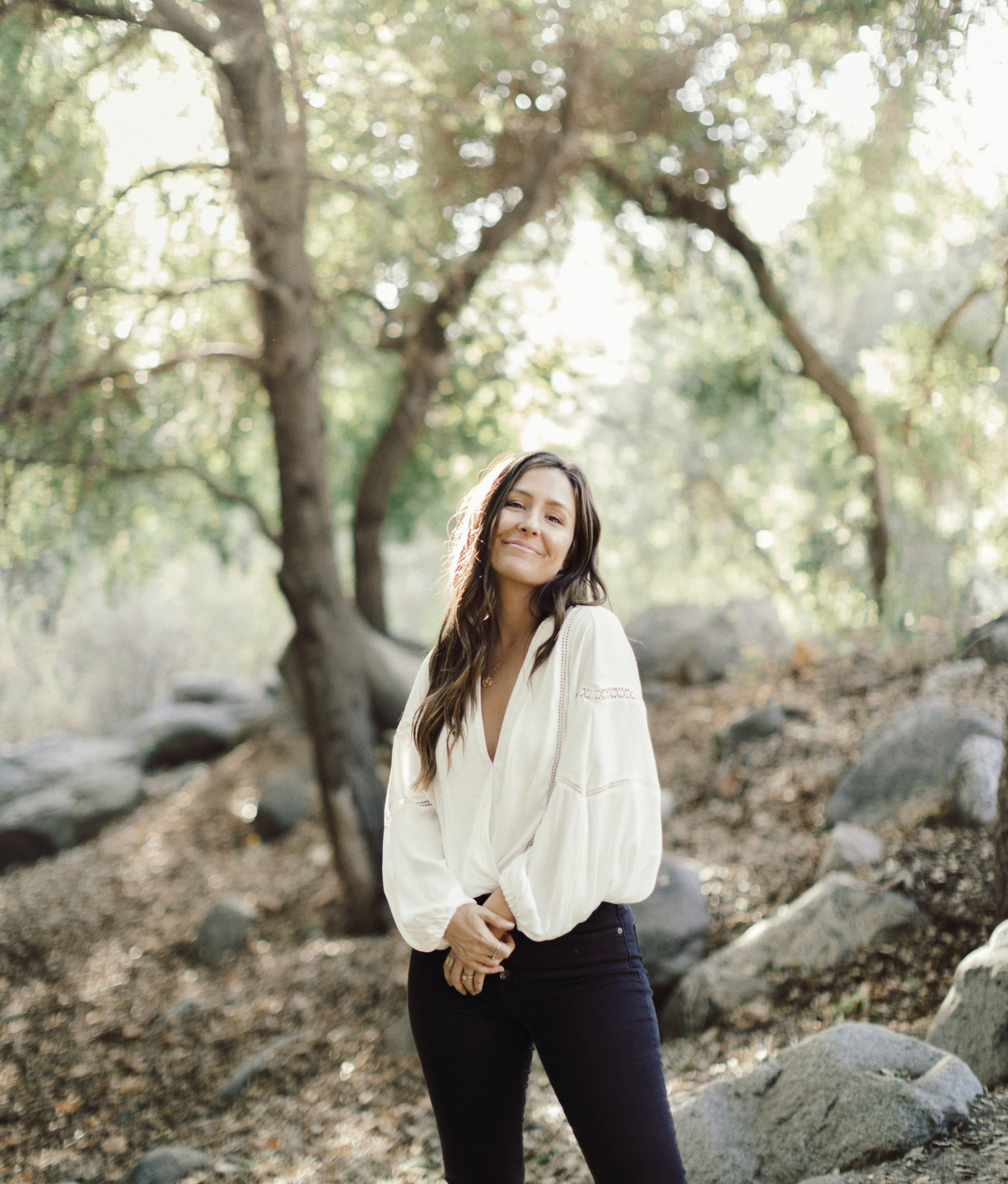

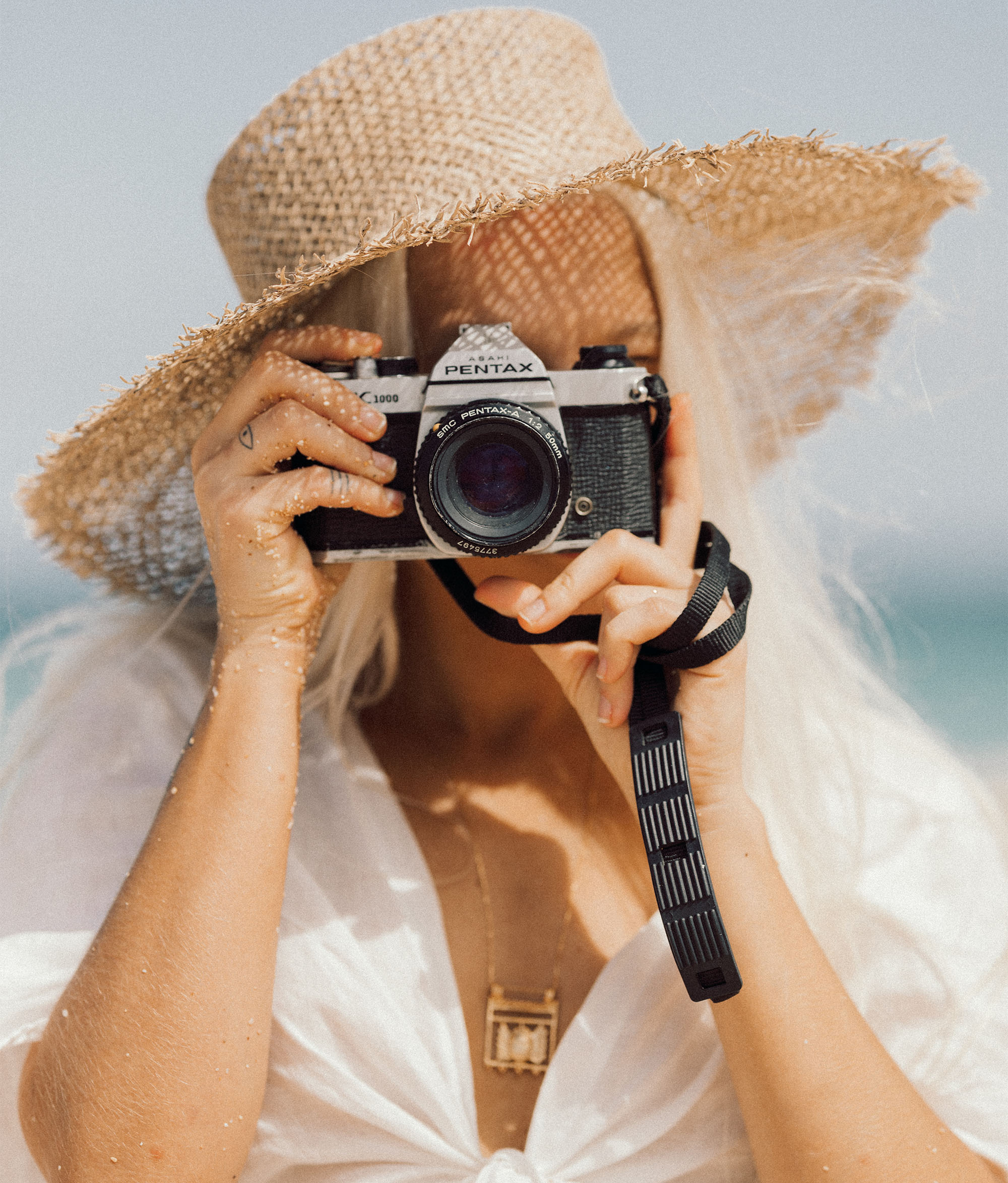
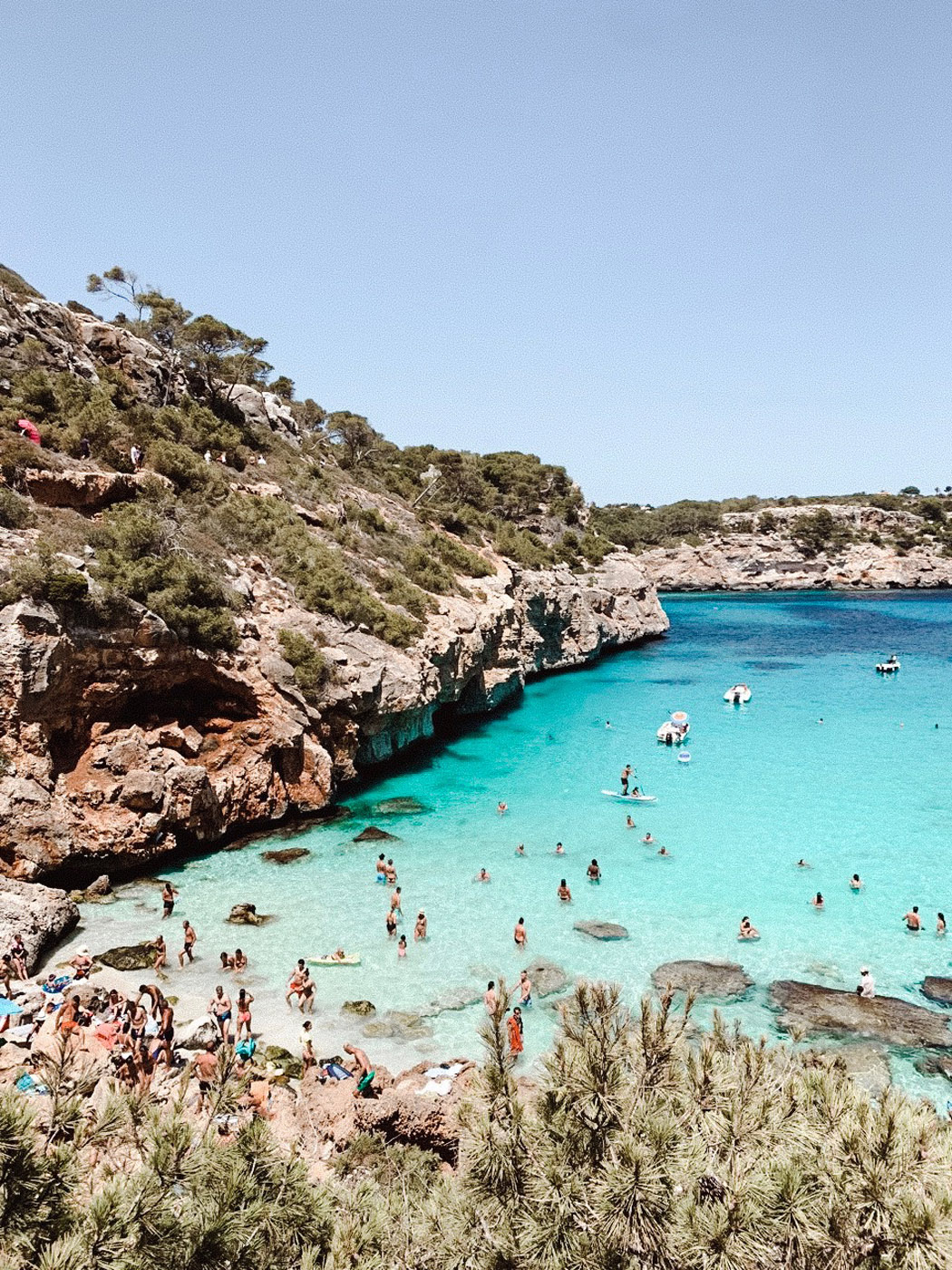
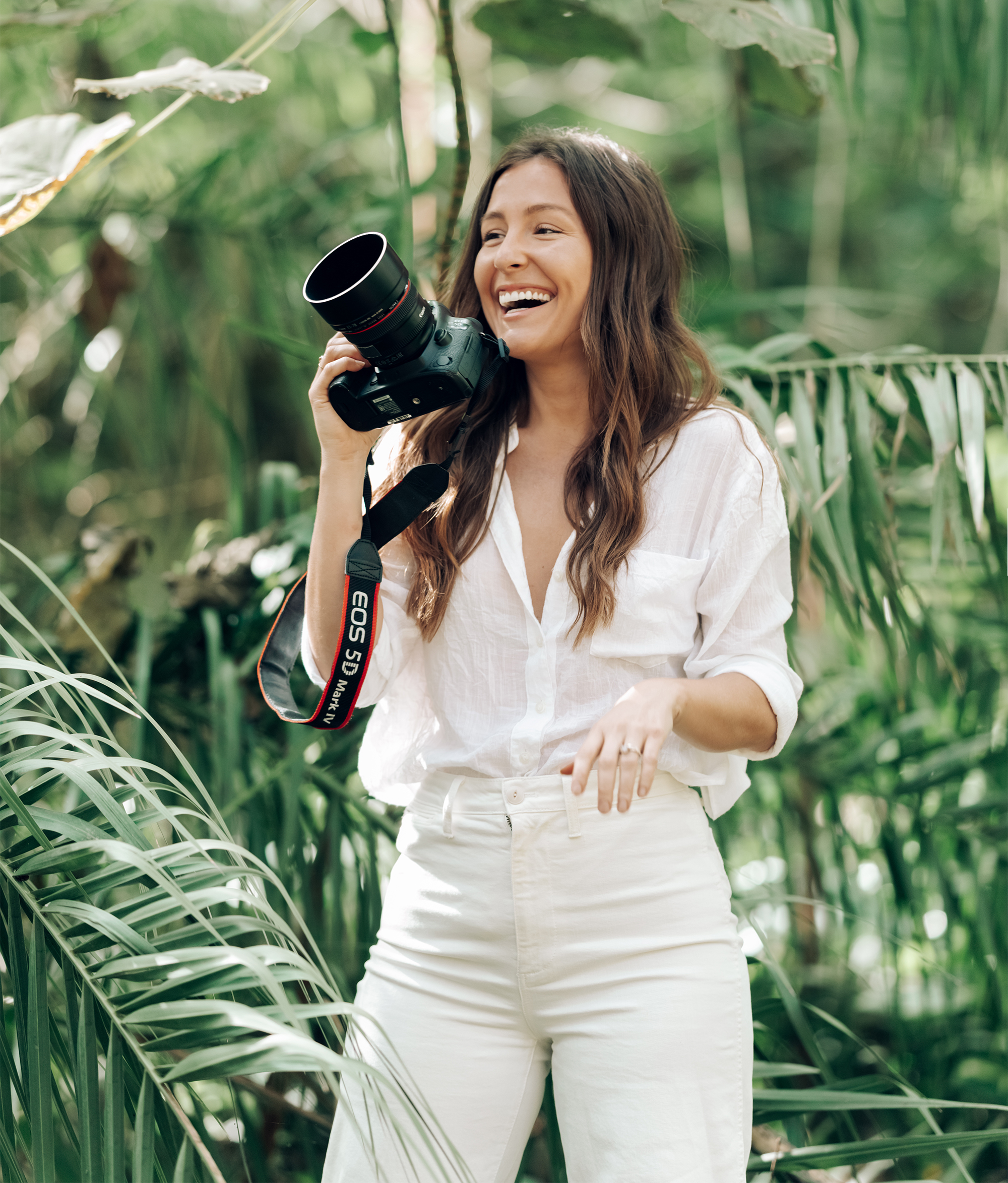
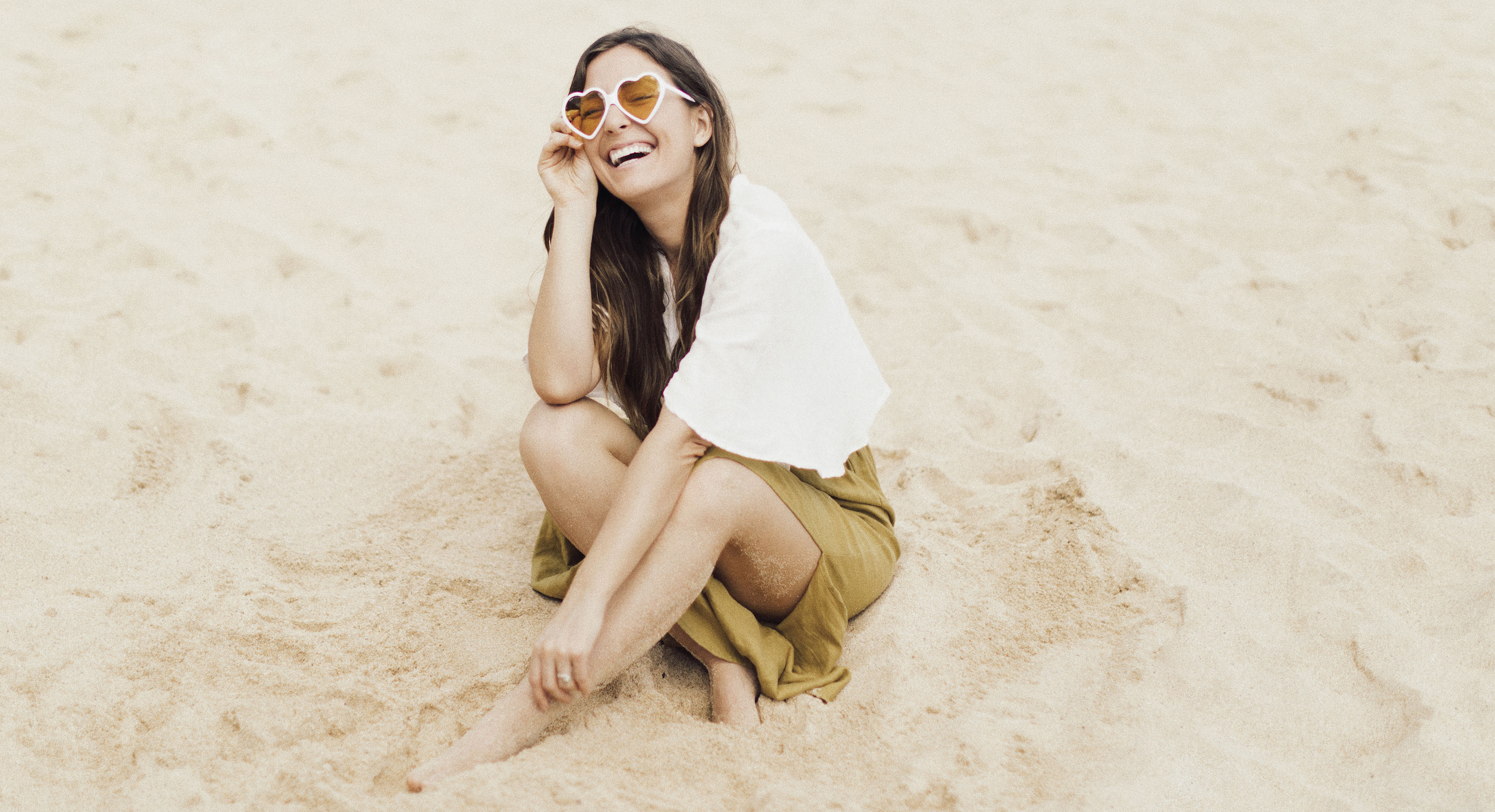
COMMENTS